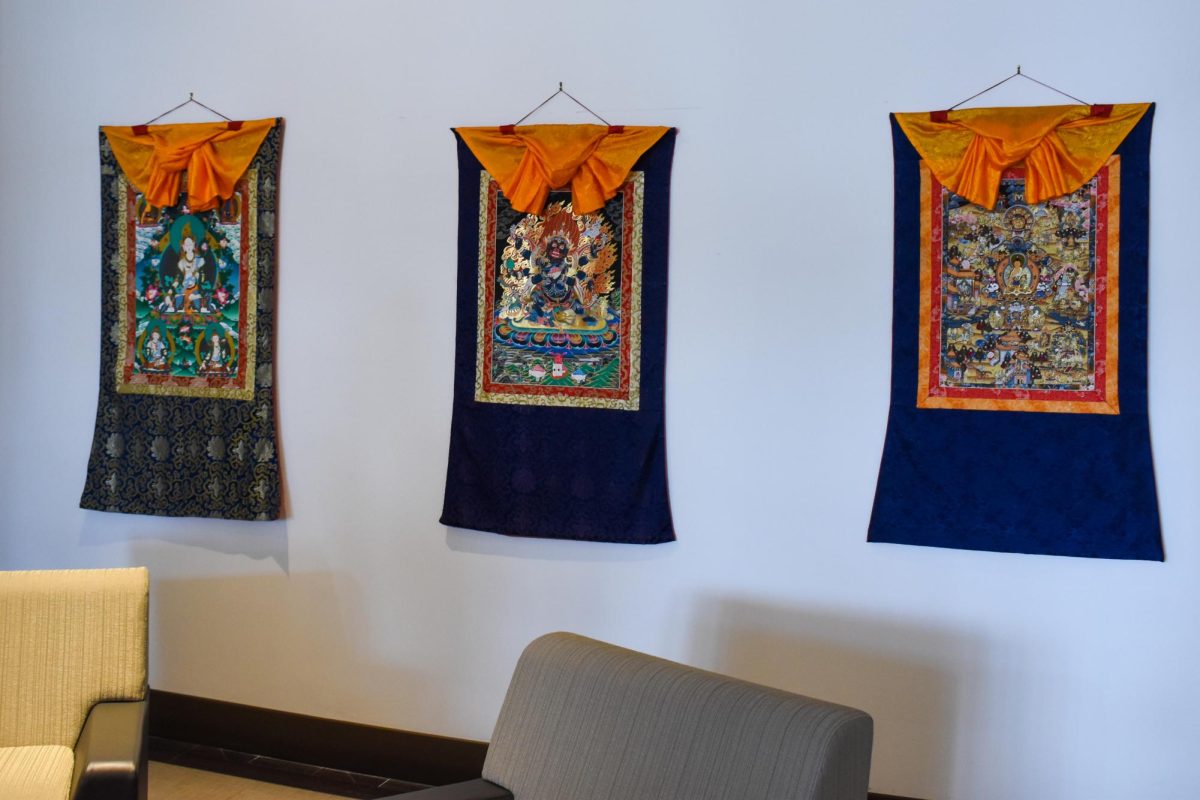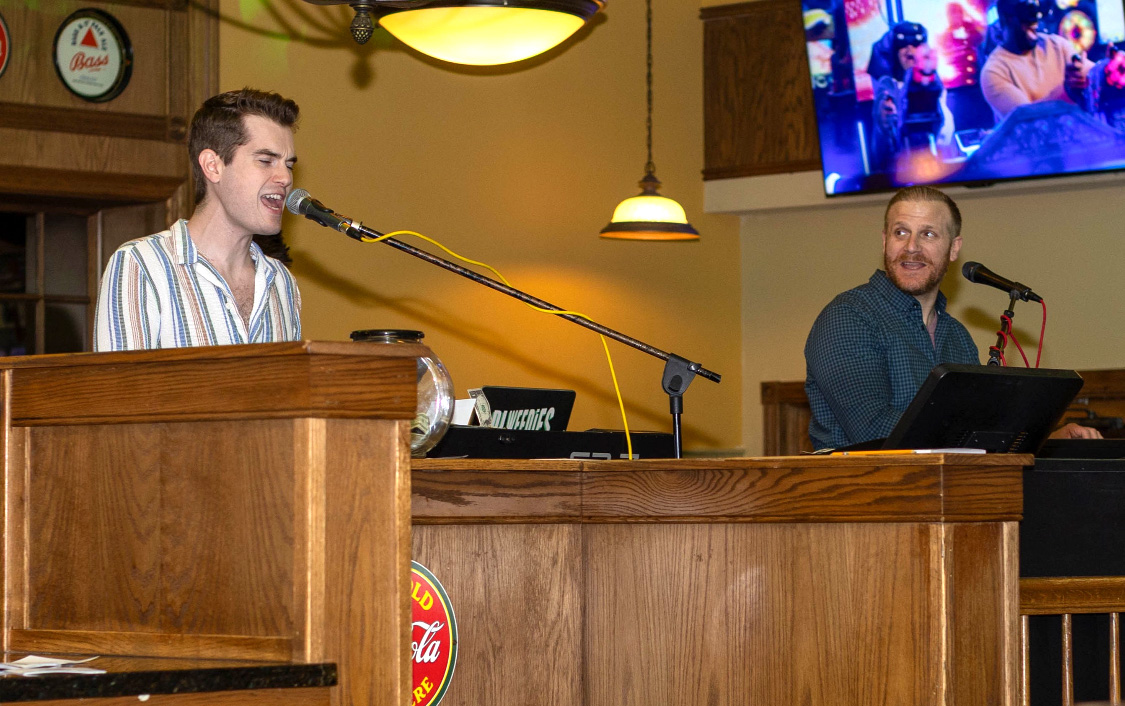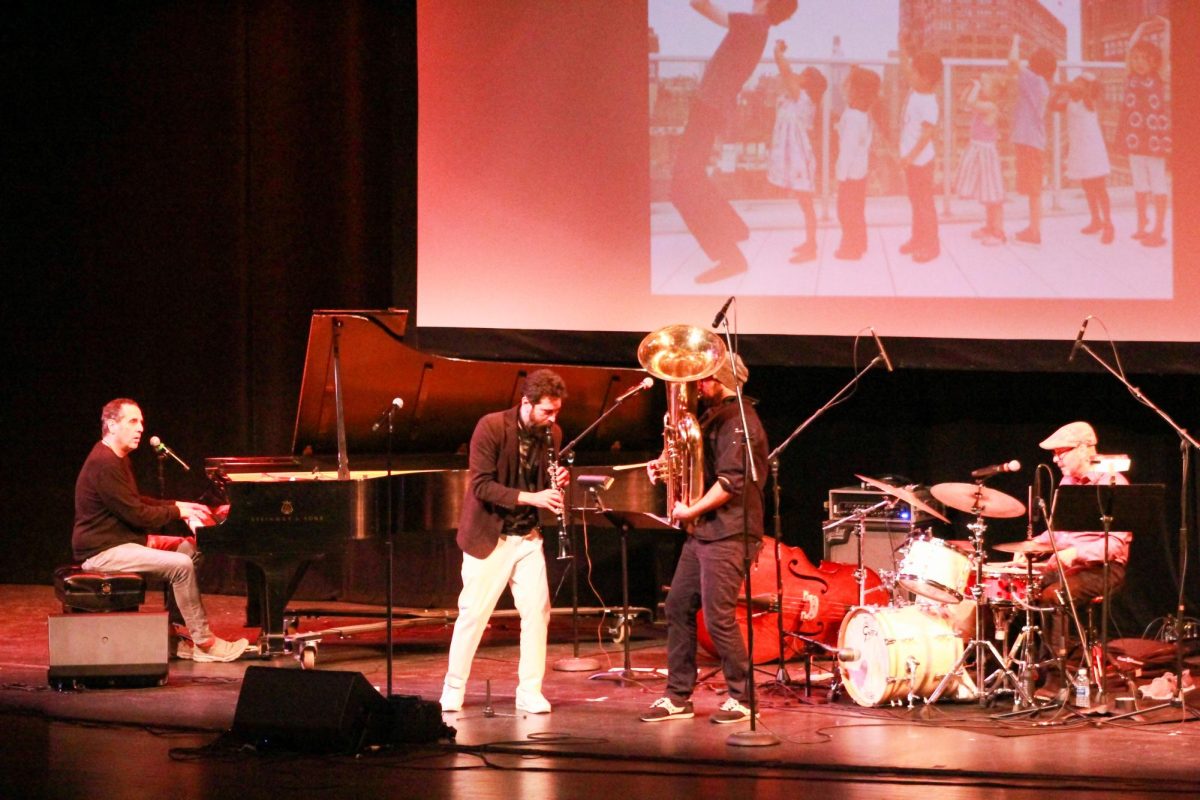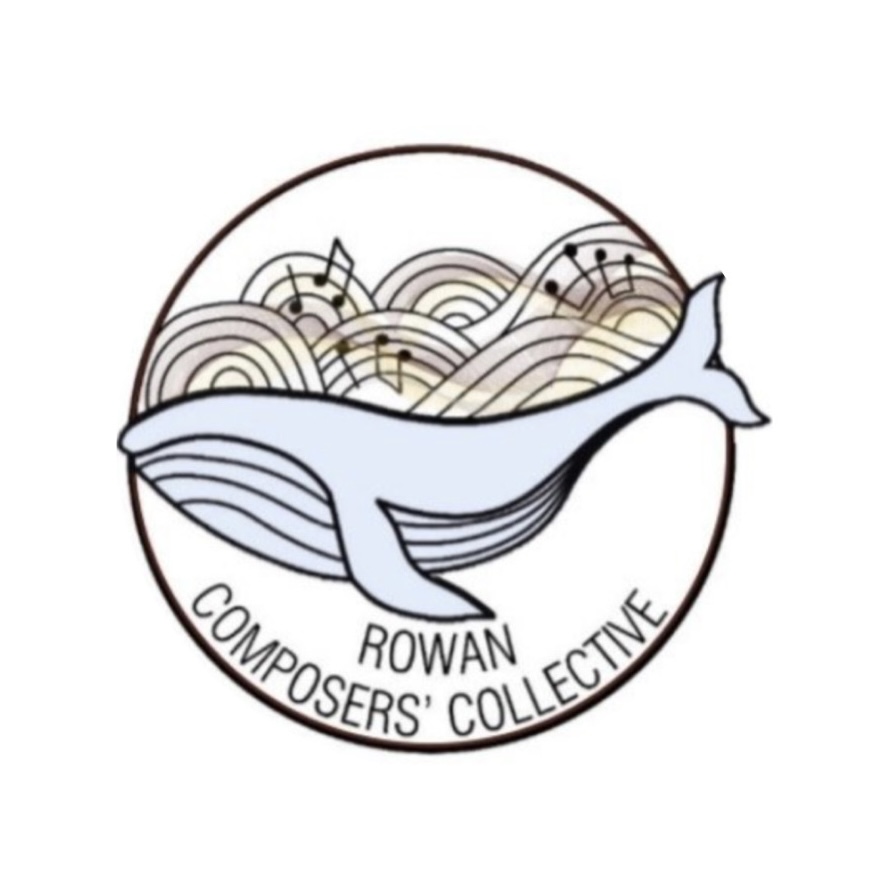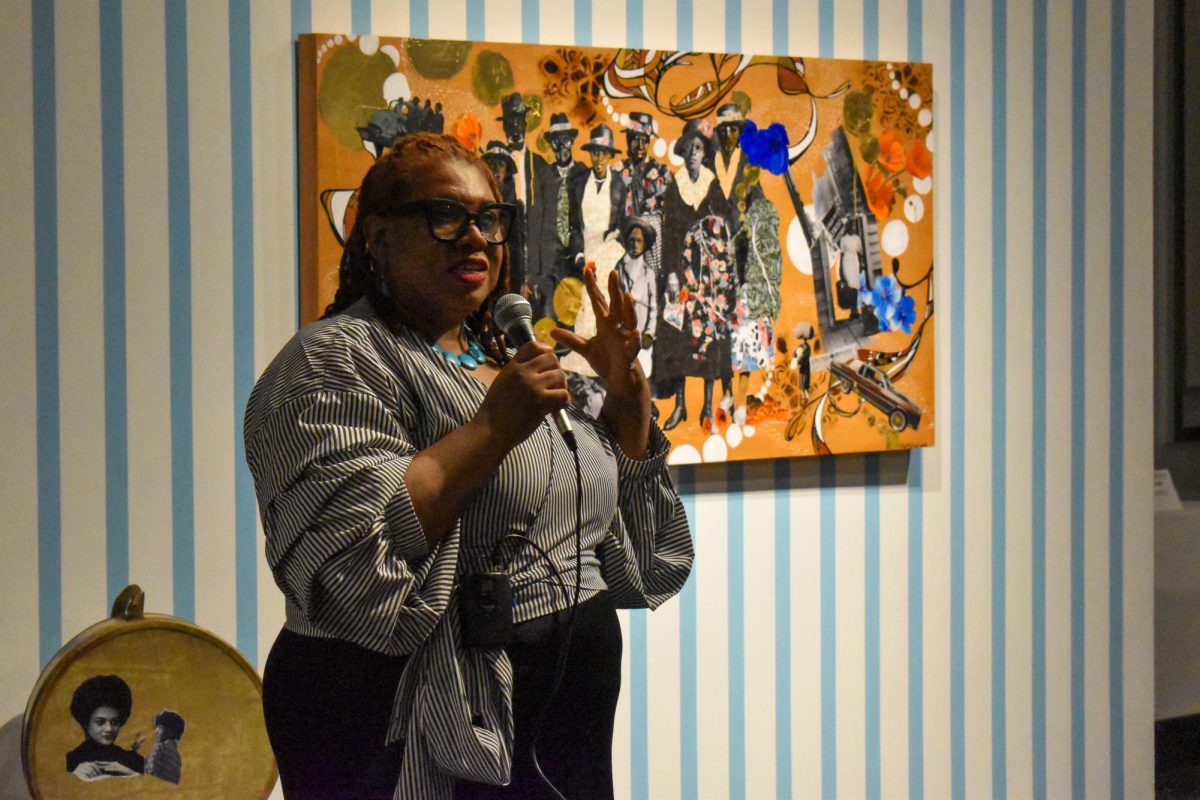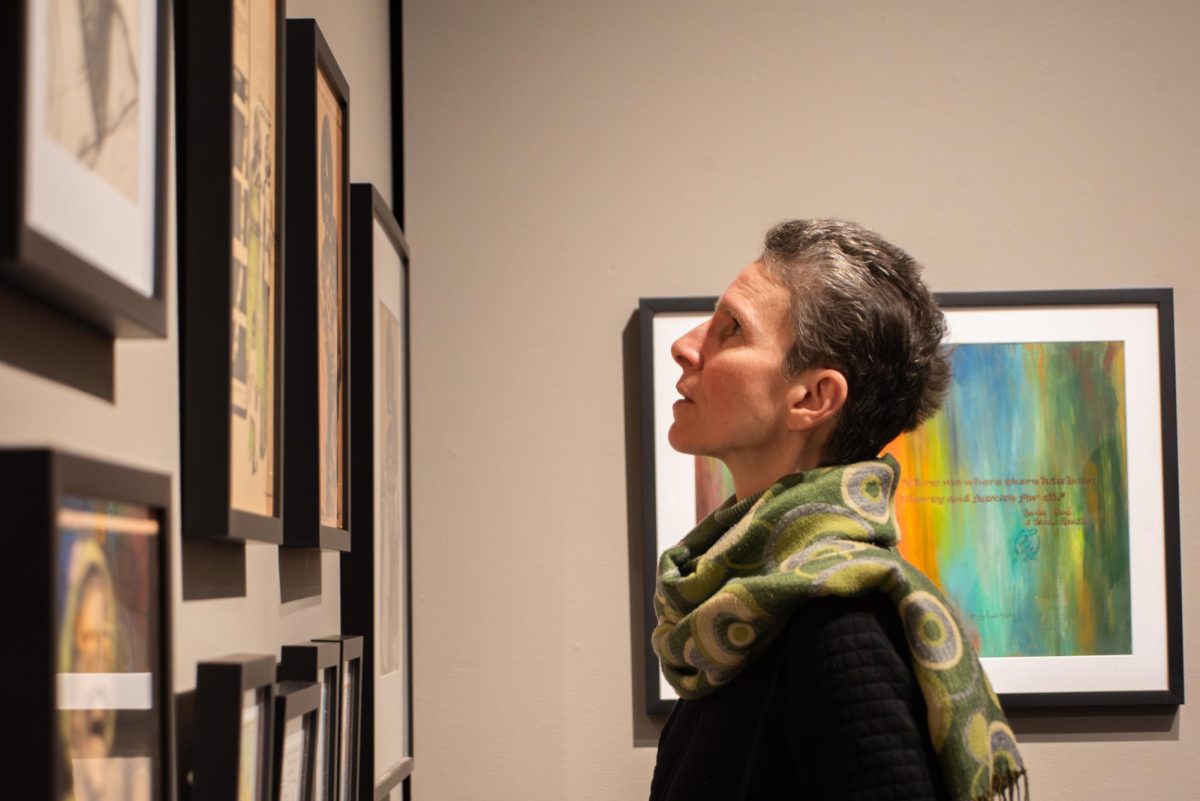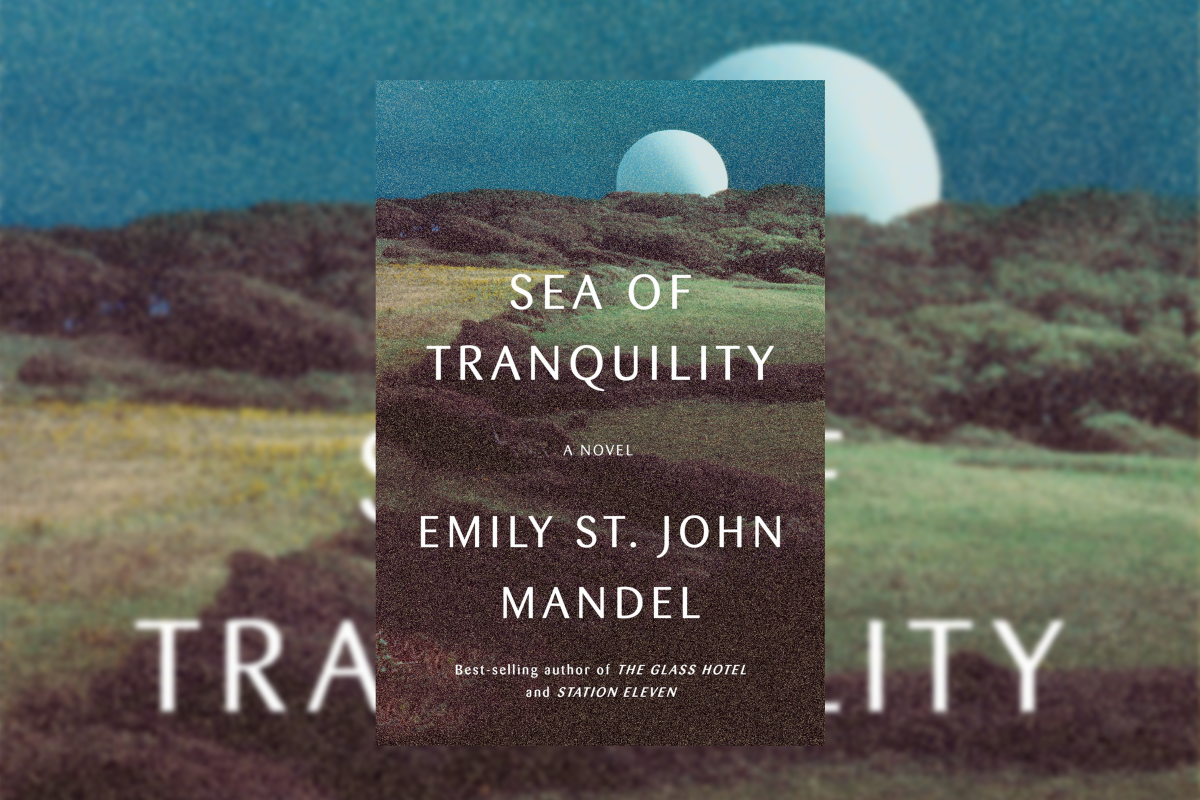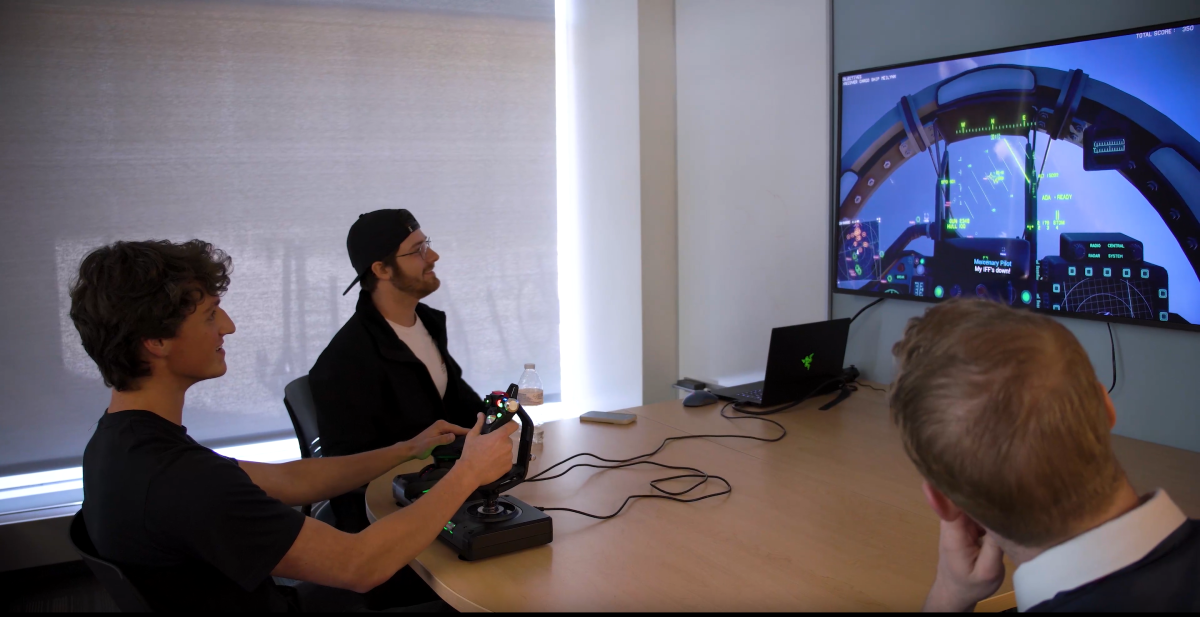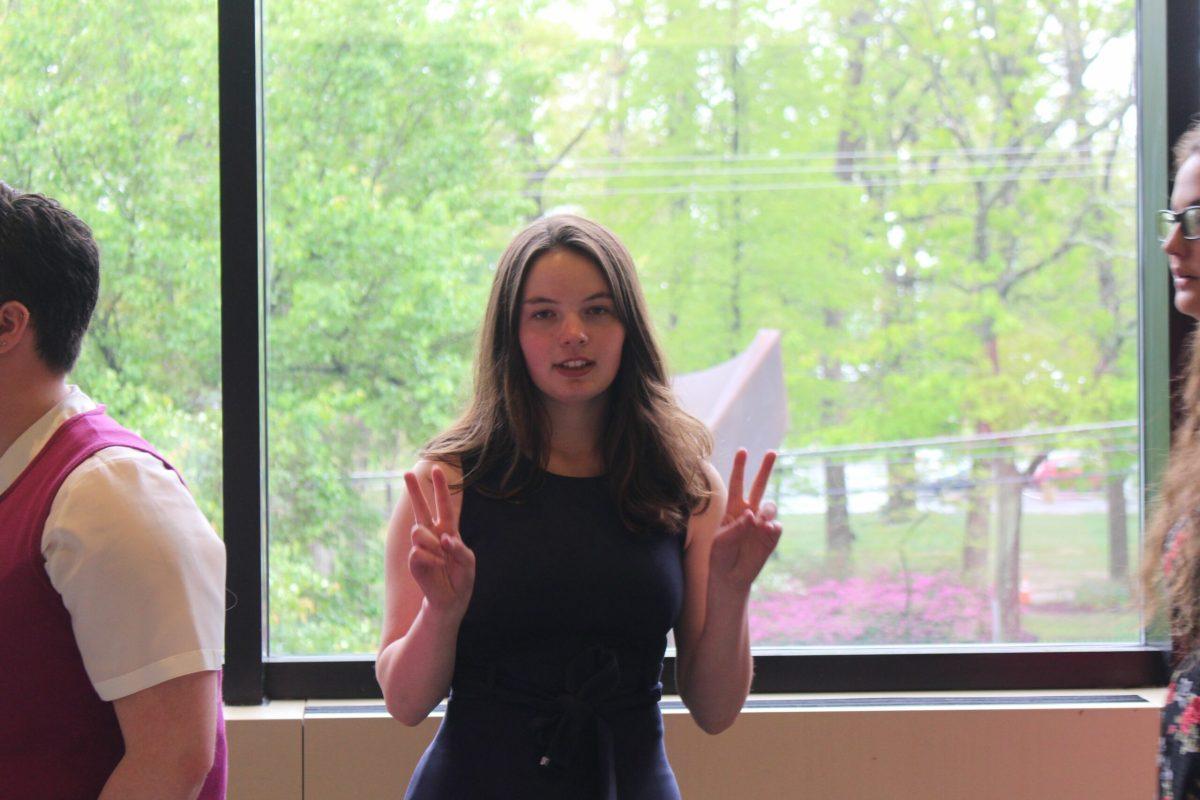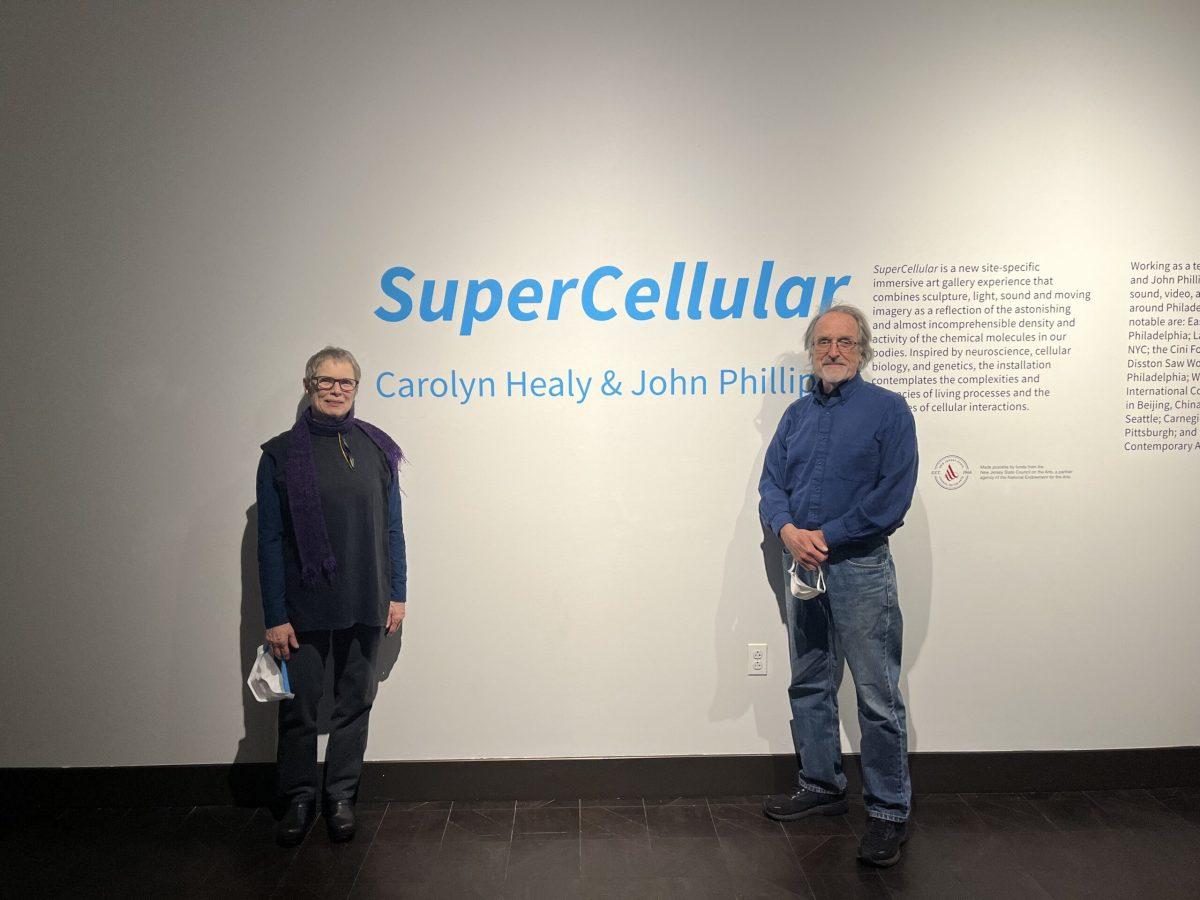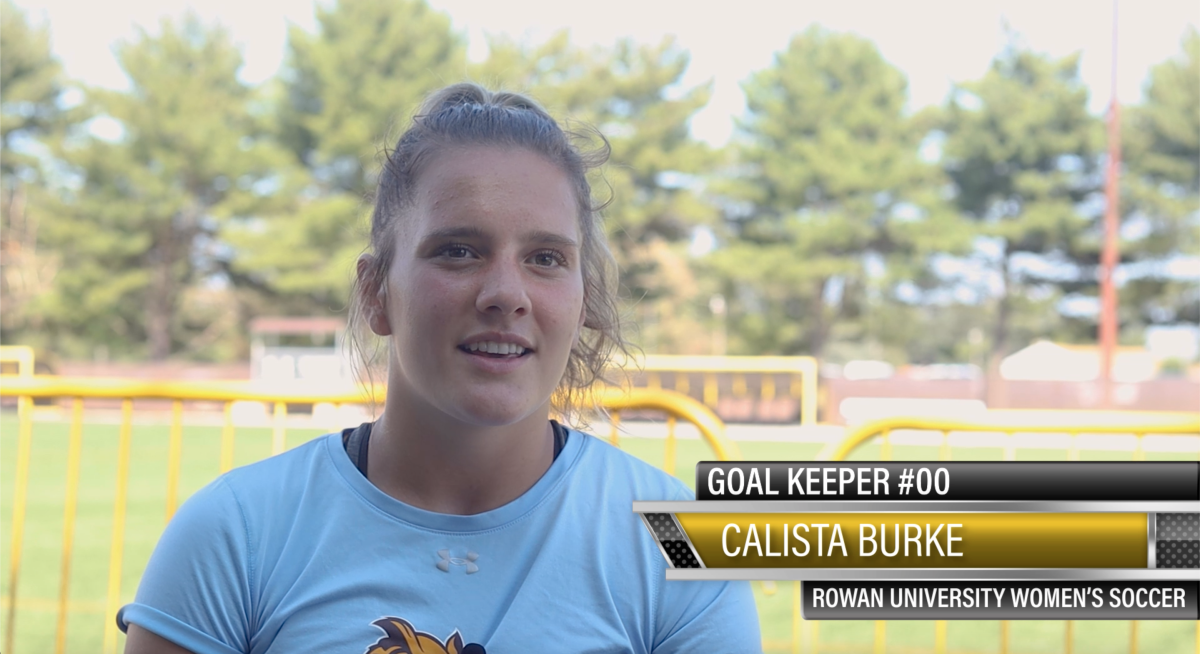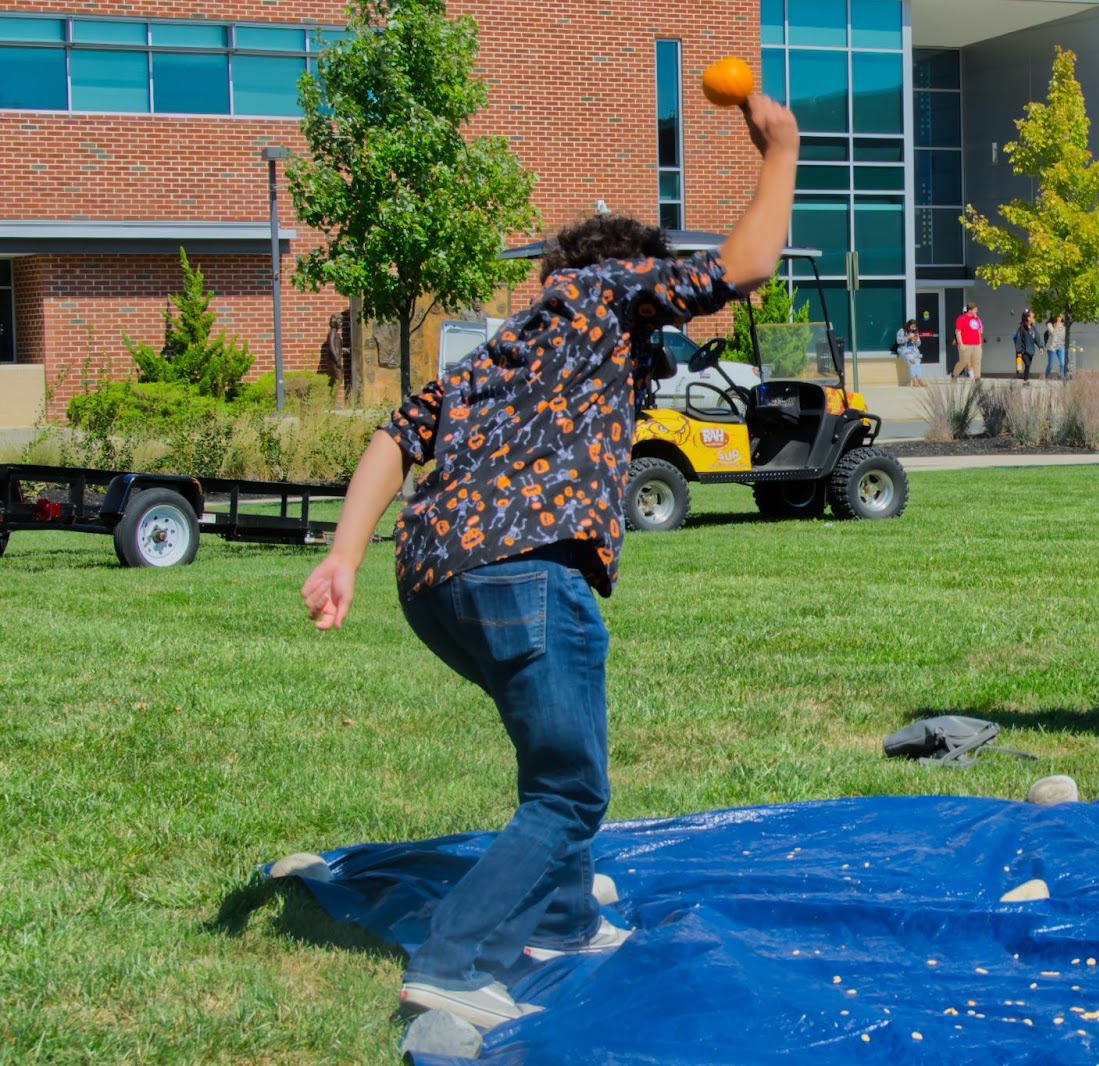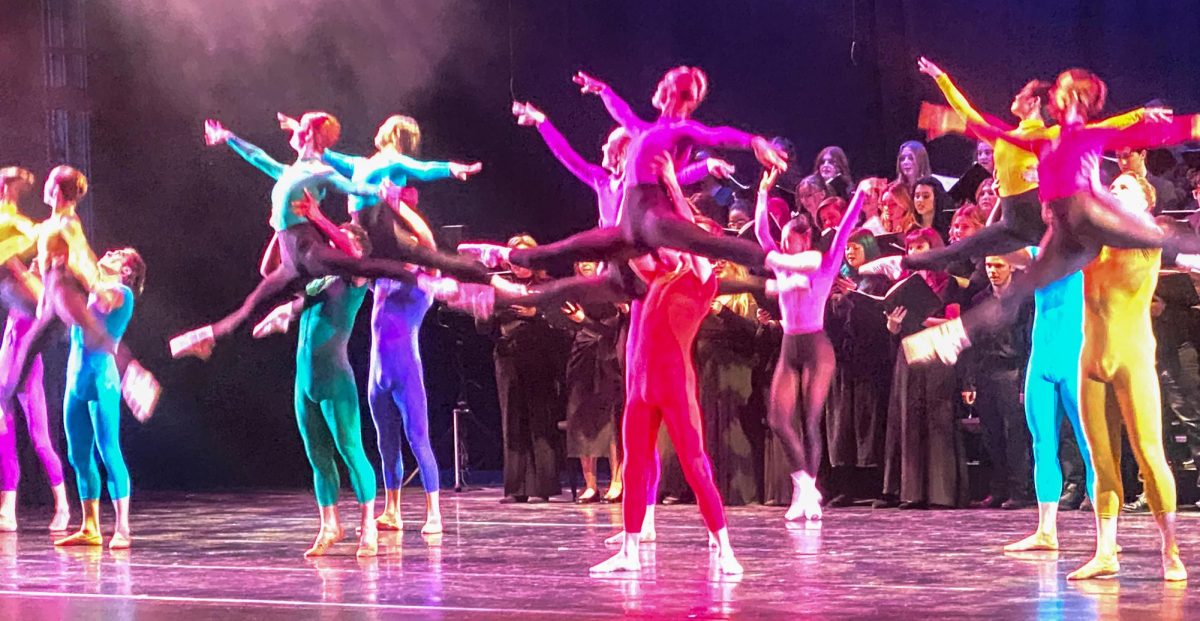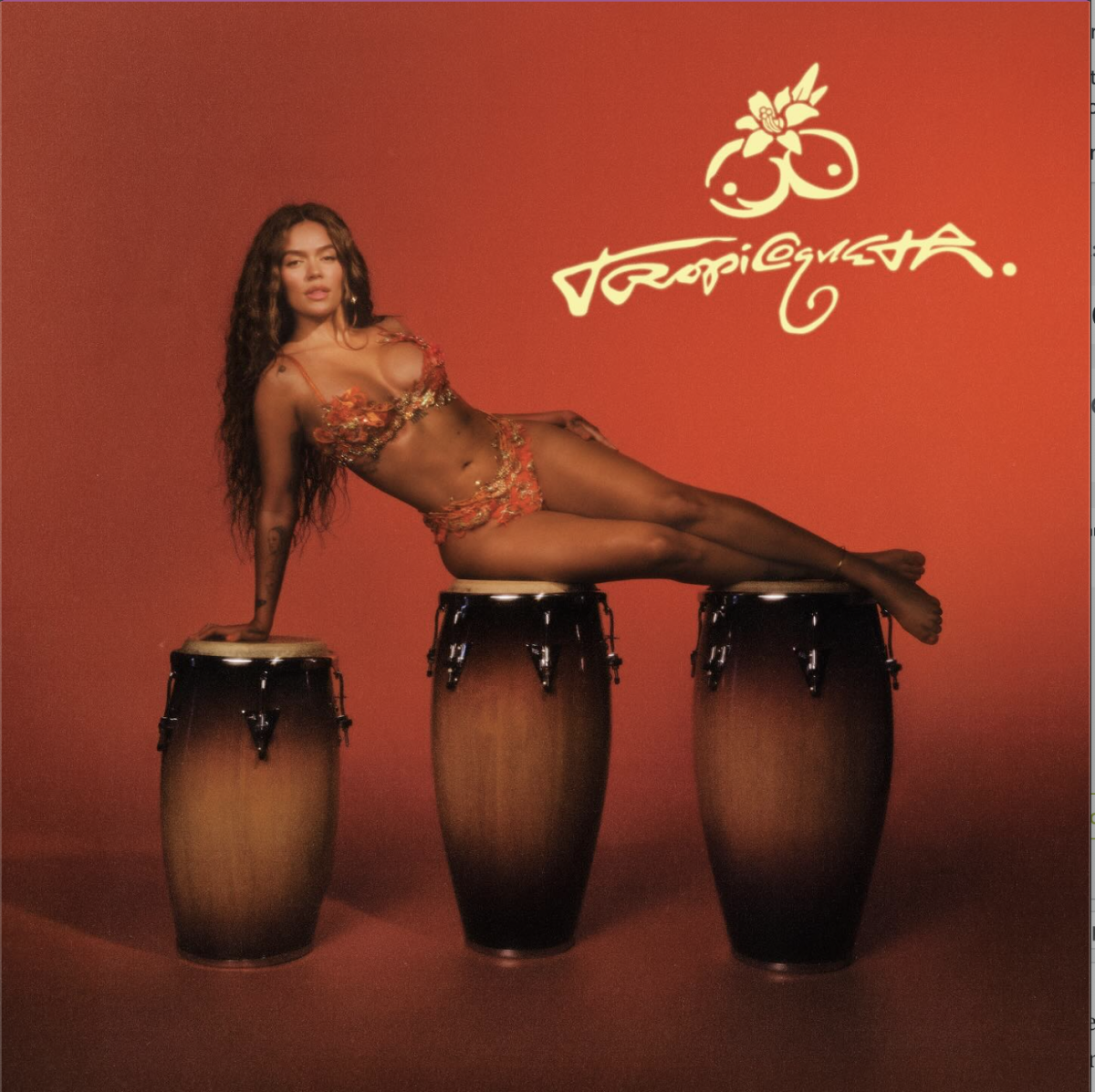The Atlantic City Ballet company graced the stage at Rowan University’s Pfleeger Hall in an epic performance of Carl Orff’s “Carmina Burana,” and the Vince Lee Ensemble accompanied.
According to their website, “Carmina Burana” translates to “Songs of Beuern,” referring to a small village at the foothills of the Alps. On Friday, March 28, the professional dancers and orchestra mixed ranks with the Rowan University choral group in a powerful display of art at its finest.
According to the program, Orff based his 1836 cantata, a musical work that includes an orchestra, a full choir, and some sort of theatrical element, on a series of 24 poems discovered in a library in a 19th-century Bavarian monastery. This work has since become a staple of classical ballet. Although the music may be unfamiliar in many circles, the song “O Fortuna” has graced many a silver screen.
According to the University of Notre Dame’s Debartolo Performing Arts Center, the poems/lyrics depict medieval life, including religion, temptation, murder, and the occasional bawdy song about drinking. The backdrop of the story lies with Fortuna, the Roman goddess of fate. She spins her mythological wheel, and fate is arbitrarily handed down.
The opening, though dramatic and severe, encapsulates springtime, when everything is new and possible. The music swells to the themes of excitement and joy. The dancers frolic stage left and right, flirting and giving way to the start of new love. At the end of the act, the lyrics switch gears and focus on satirizing the crown.
Then, the real drama began. In the tavern scene, the men started contemplating whether living a chaste life was worth it, singing of lust and longing. They compared their frustrations to roasting a live swan on a spit.
The final scene flowed seamlessly into the dancers, who were offering an all-encompassing illustration of the bargoers’ sinful acts: lust, gambling, and inebriation, to name a few. As seriously as it began, it soon became a farce, as revelers started identifying those who joined in their wickedness: the priest, the pauper, the pope, the mothers, the mistress, the masters, and the merchants.
The crowd erupted in applause at the end of every scene and romantic pas de deux.
The conductor, Vince Lee, showed his musical prowess by leading the charge. Lee is something of a musical prodigy. At age 12, he sang in the Cincinnati Opera’s children’s choir and toured the country singing in “The King and I.” However, by the time he reached 13, he turned his attention to conducting with hyperfocus, even conducting the Cincinnati Orchestra as an esteemed guest. From there, he went to Indiana University and Juilliard, and the rest is history.
The choreographer, Phyllis Papa, started out as a ballerina with a brilliant career. She danced in productions of Swan Lake and Les Sylphides, among countless others, performing worldwide.
“All my choreography is original,” said Papa.
Original choreography and creating ballets for all people and ages are her most significant assets and among her greatest accomplishments.
The Atlantic City Ballet performed Carmina two years ago without live music for just one performance in Atlantic City.
“This time, we will be performing at Rowan, Stockton, and in September in Ocean City,” said Papa.
Her dancers come from Asia, Europe, Southern America, Australia, and the United States. It’s not so much an issue of diversity, though it certainly is a factor, as it is finding the perfect dancers. It doesn’t matter where they are from so long as they meet her rigorous standards.
According to Papa, after creating the choreography, training the dancers, and perfecting the performance, the biggest challenge to date is finding enough male dancers.
She had been looking for a choral group to perform alongside her dancers, and that’s how she and Rowan University’s Christopher Thomas joined forces.
Thomas is an associate professor who oversees the choir and all its performances. He is also the Artistic Director for the Greater South Jersey Chorus. Thomas received invitations to be the assistant conductor and instructor for the Varna International Music Academy not once but twice, which took him on a tour throughout Bulgaria. However, his conductorial ventures have allowed him to travel throughout Europe.
“Collaborations are always more challenging because you have more artistic visions, ideas, and obstacles…but, to me, the reward is worth it,” said Thomas. “As for the dancers and difficulty, I personally have limited experience with dance, but what I do know is that if you are going to conduct a piece with dancers, you have to know a lot about their movement, style, and choreography to time it with the music and adapt to their speed, health, and execution on any given night in any given moment. Some would say that’s the thrill of live performance.”
“O Fortuna” was the alpha and omega, opening and closing the ballet in a tour-de-force style performance, with no one missing a beat. The commanding melody reverberated throughout the concert hall, and some even gave the performance a standing ovation.
After the performance, the crowd raved about the show.
“I love it. I loved the music. And this was just such a beautiful production of it because it wasn’t just music—the choir was amazing, the soloists were amazing, the ballet on top of that was amazing, [and] of course the live music. Just the combination of all of those things was really, really, truly enjoyable,” said attendee and IT professional Figen Ceceli.
Another audience member shared how she enjoyed the show.
“It was wonderful. I’m really, really impressed with everybody… listening to the [choir] alone is beautiful, and I was excited to have the orchestra and the ballet with them,” said attendee Marylou Townsley.
When asked if they would attend future Rowan events, the answers were a resounding “absolutely” from all parties.
For comments/questions about this story DM us on Instagram @thewhitatrowan or email [email protected]

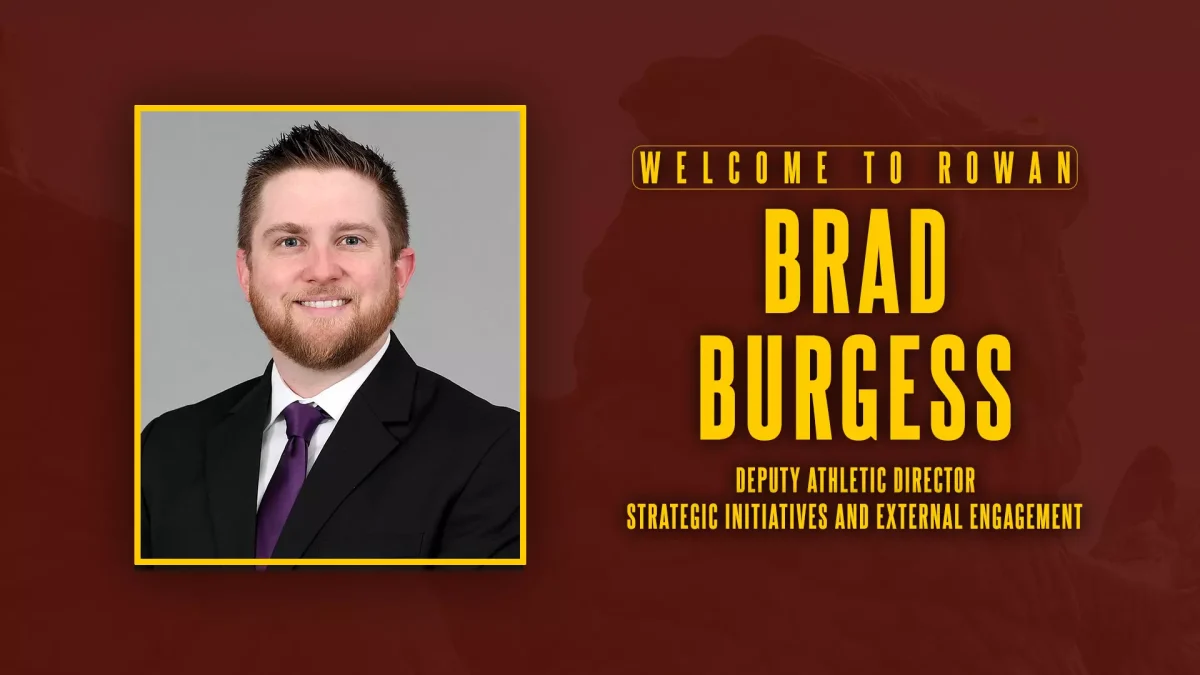
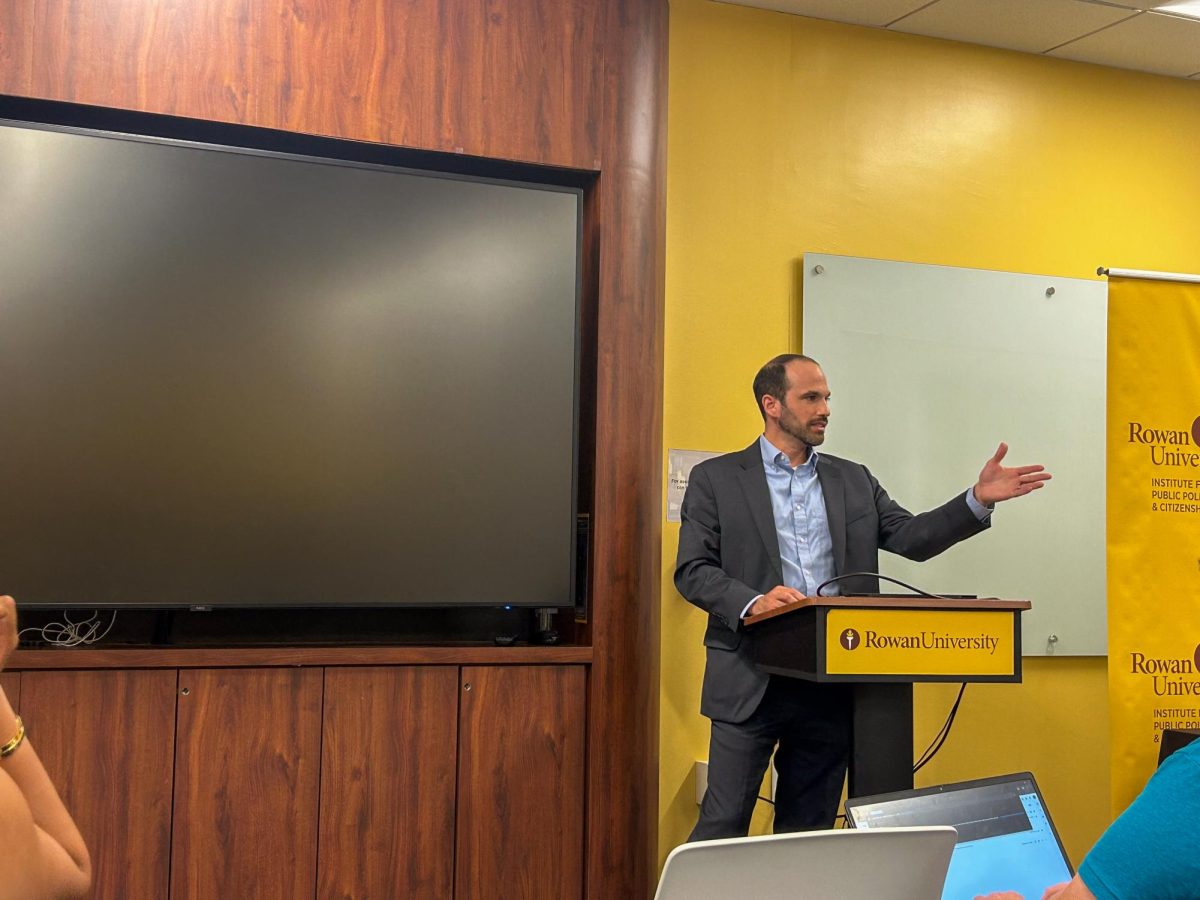

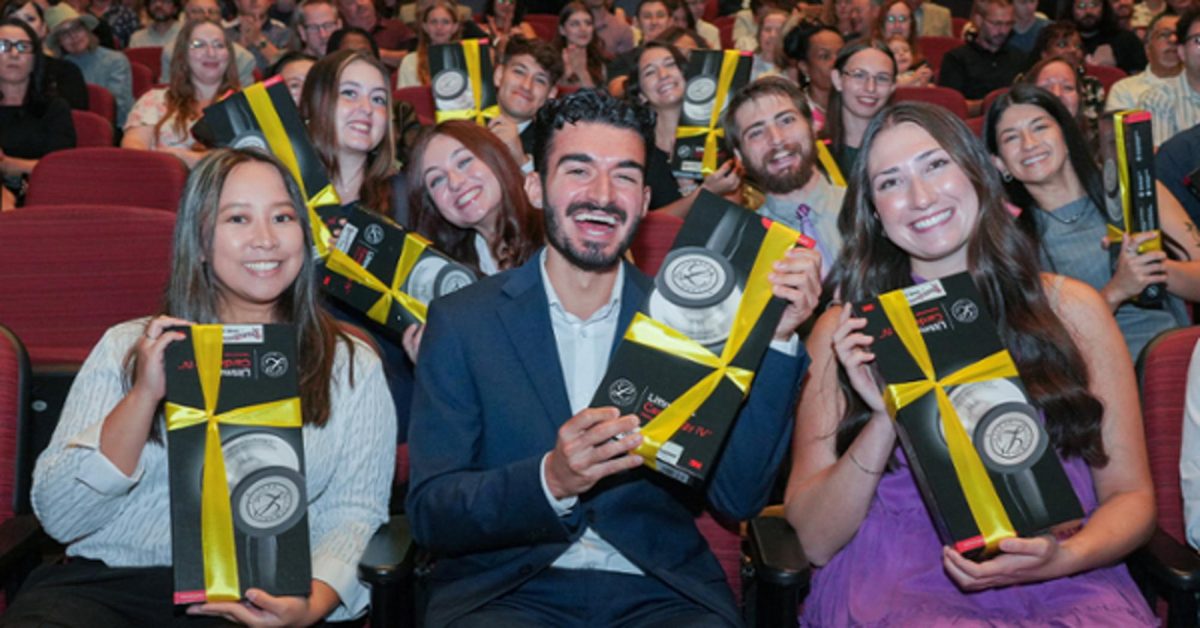
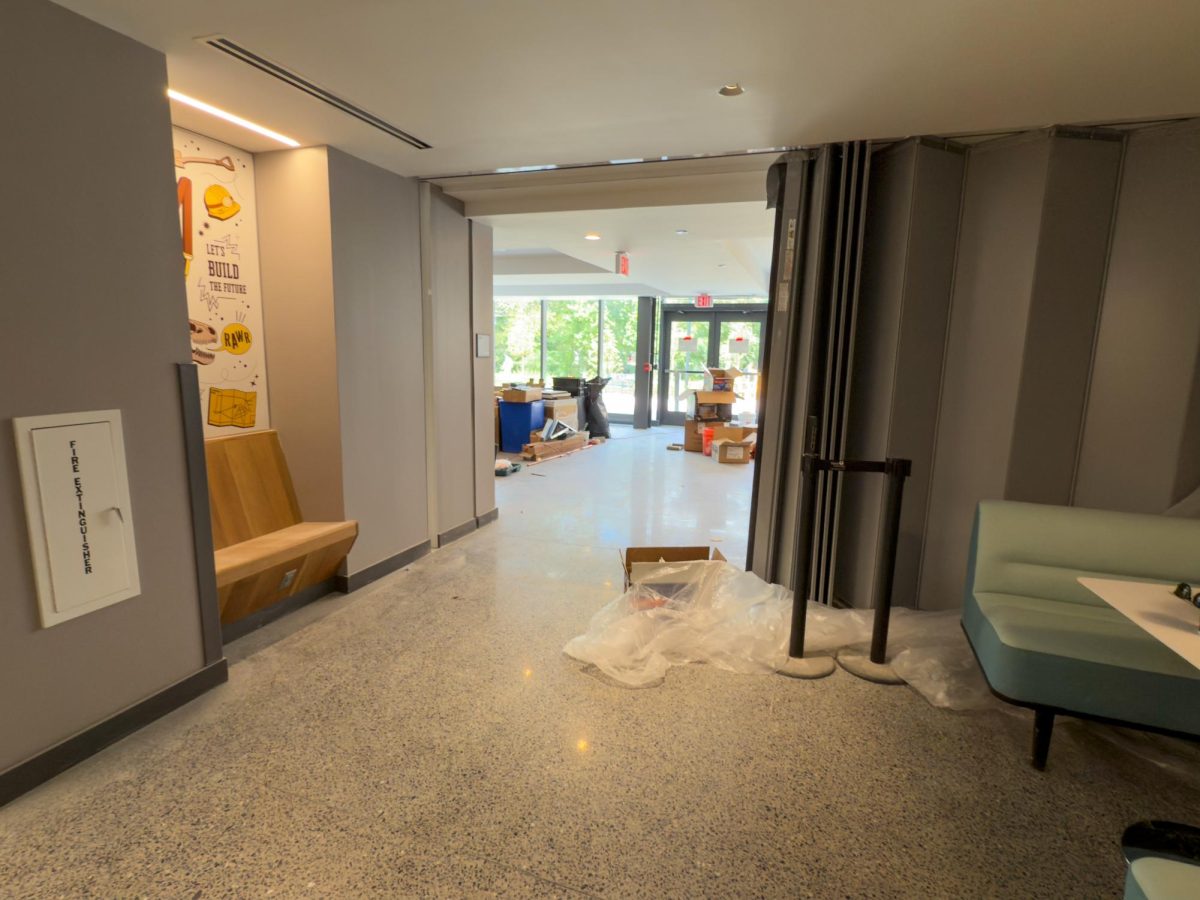
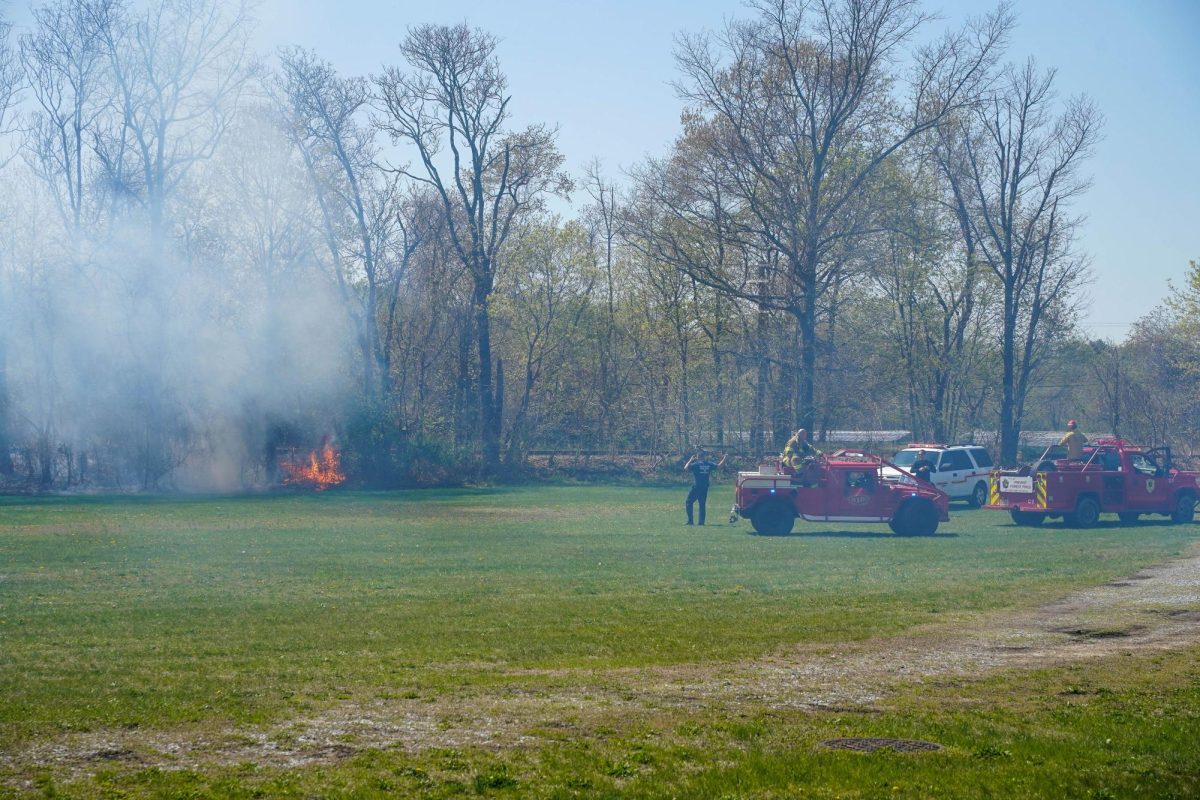




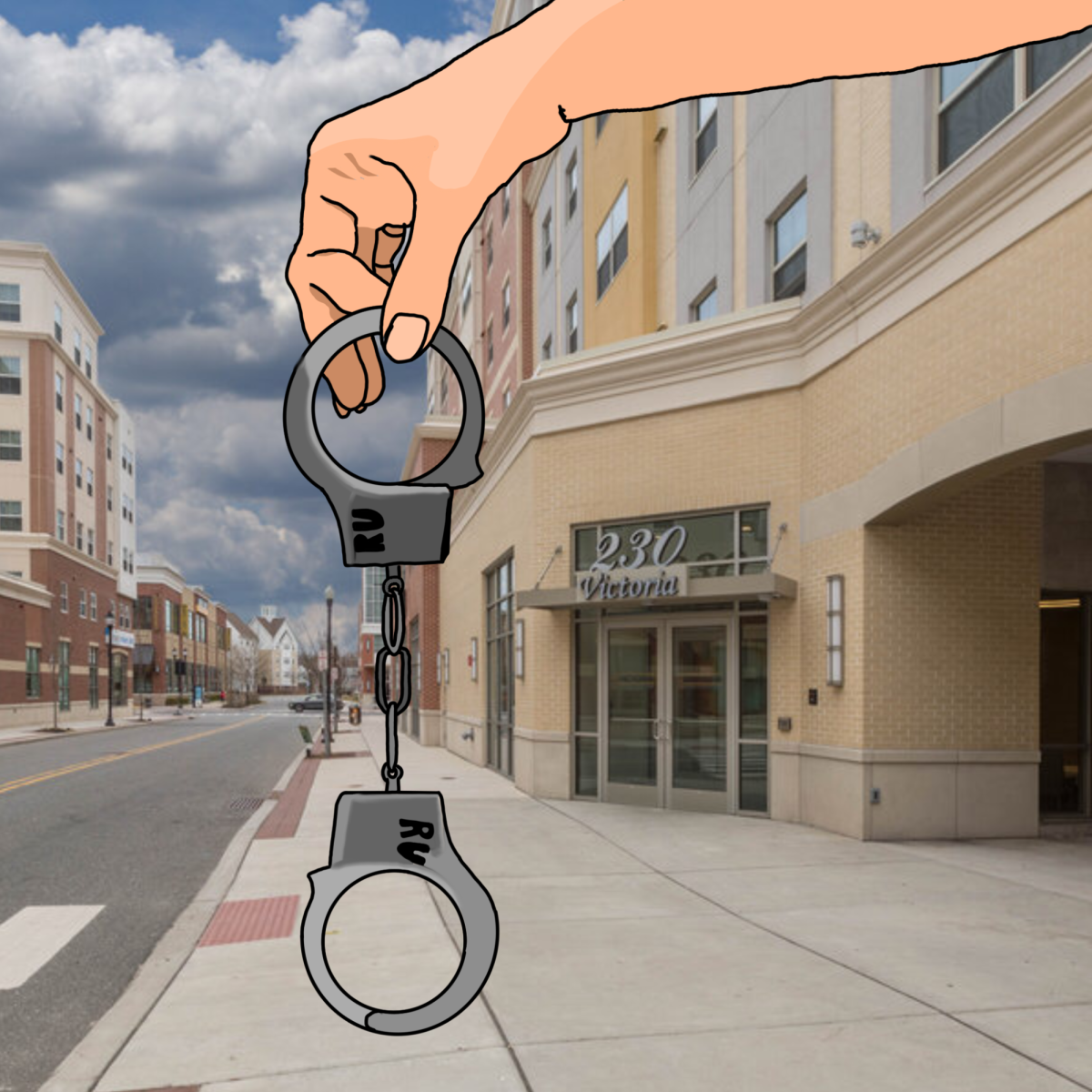
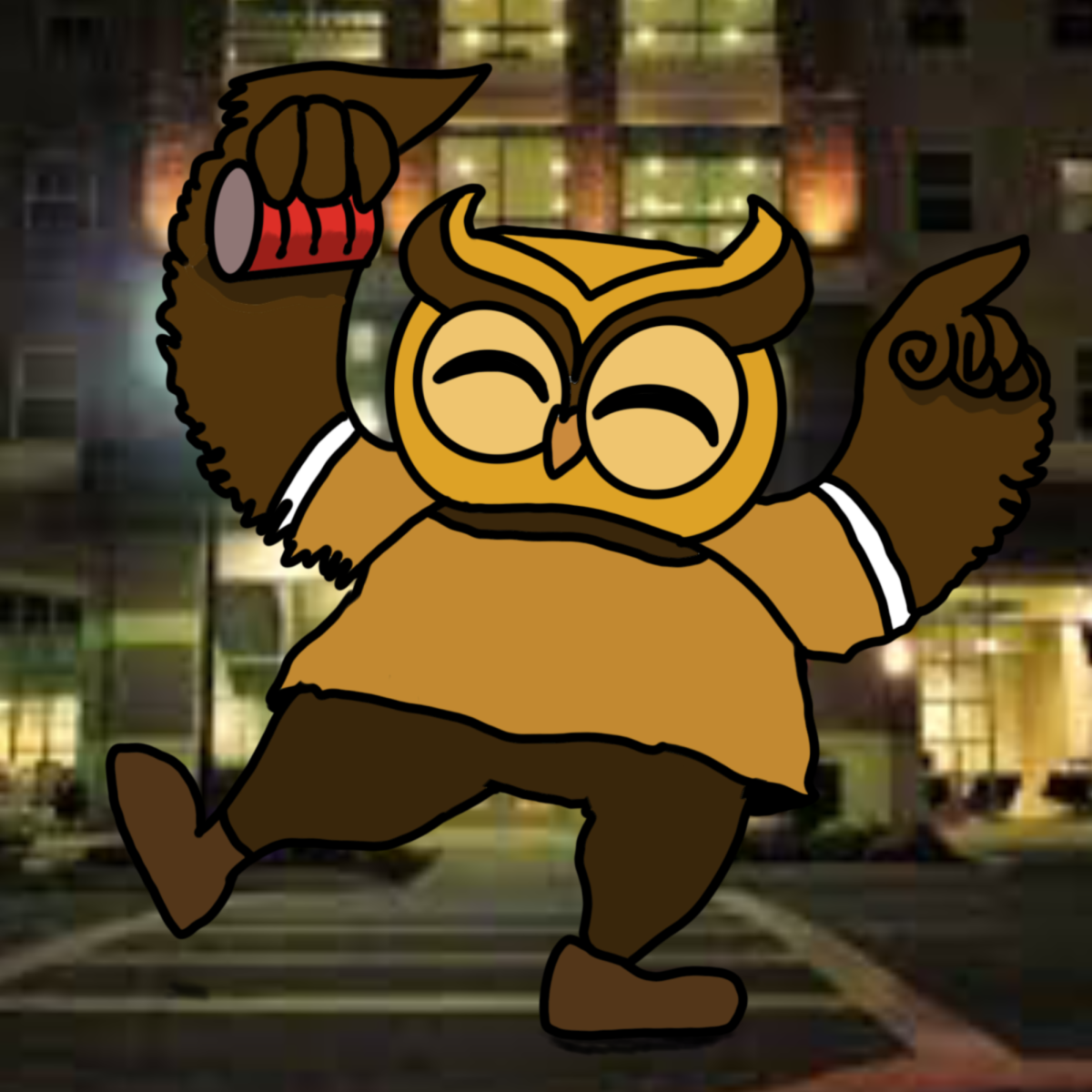







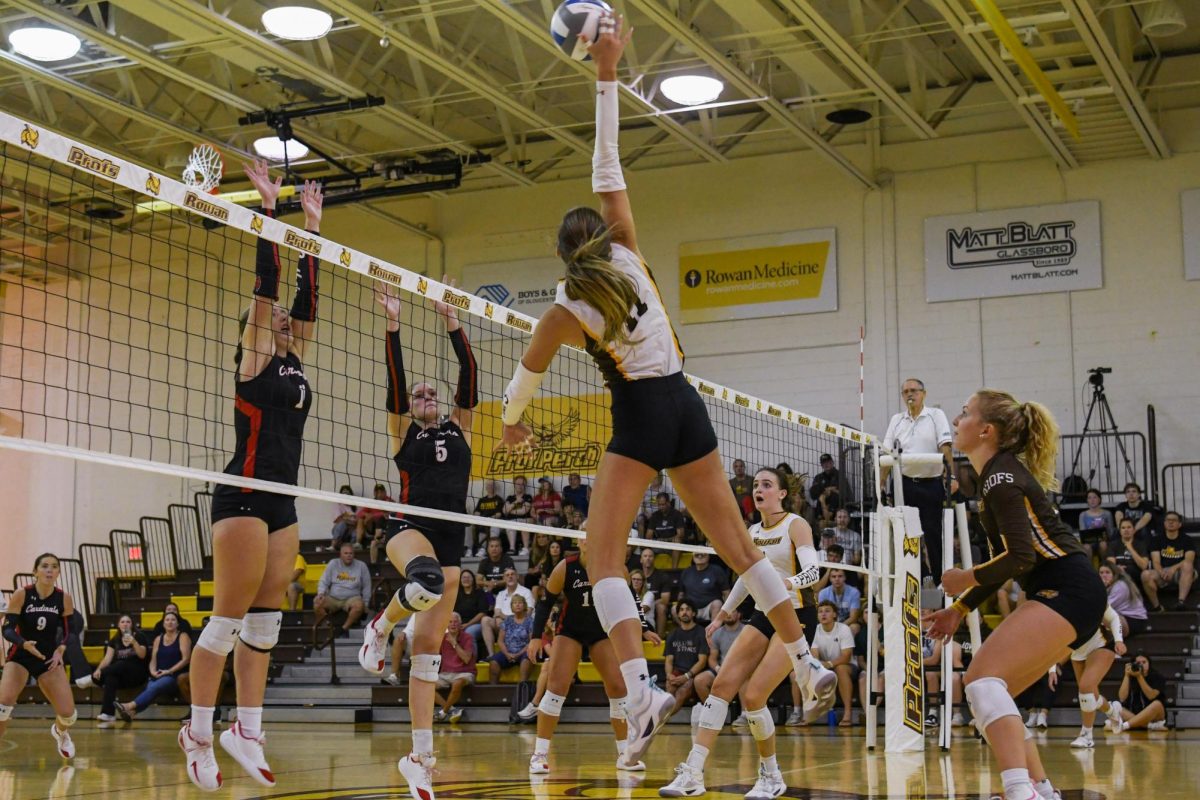


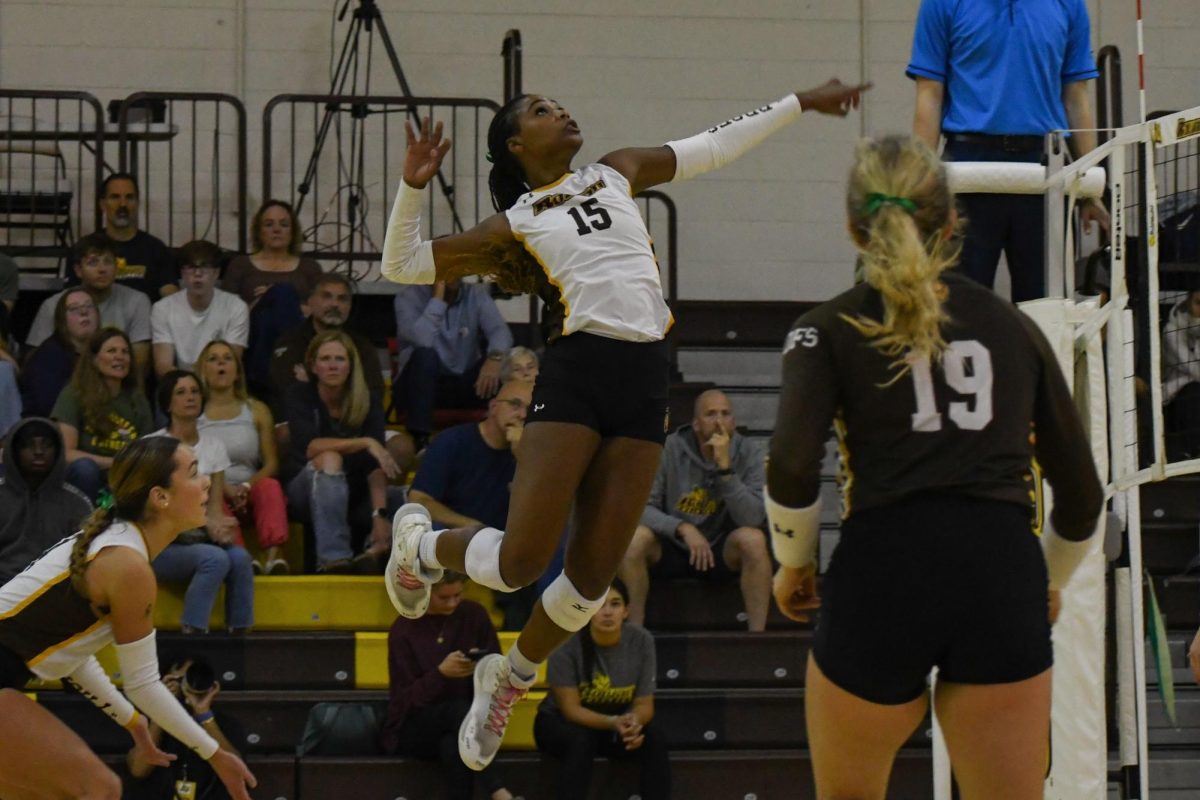


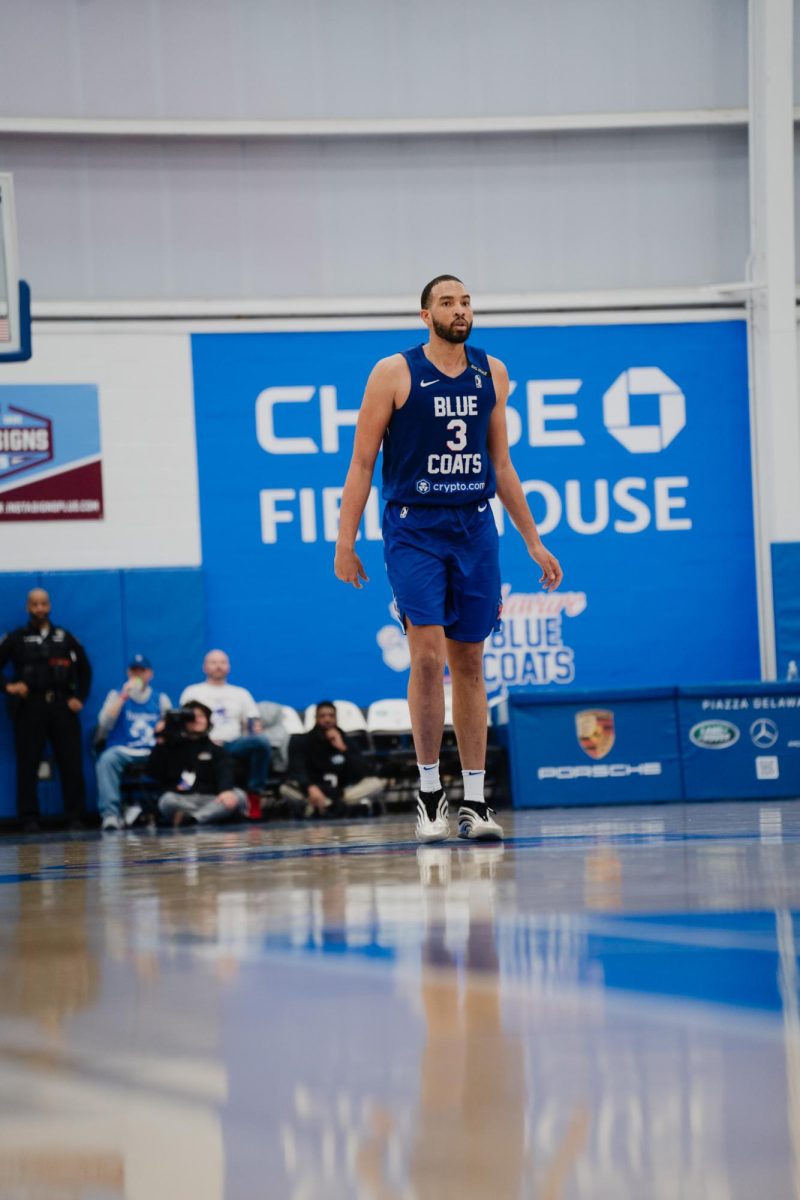











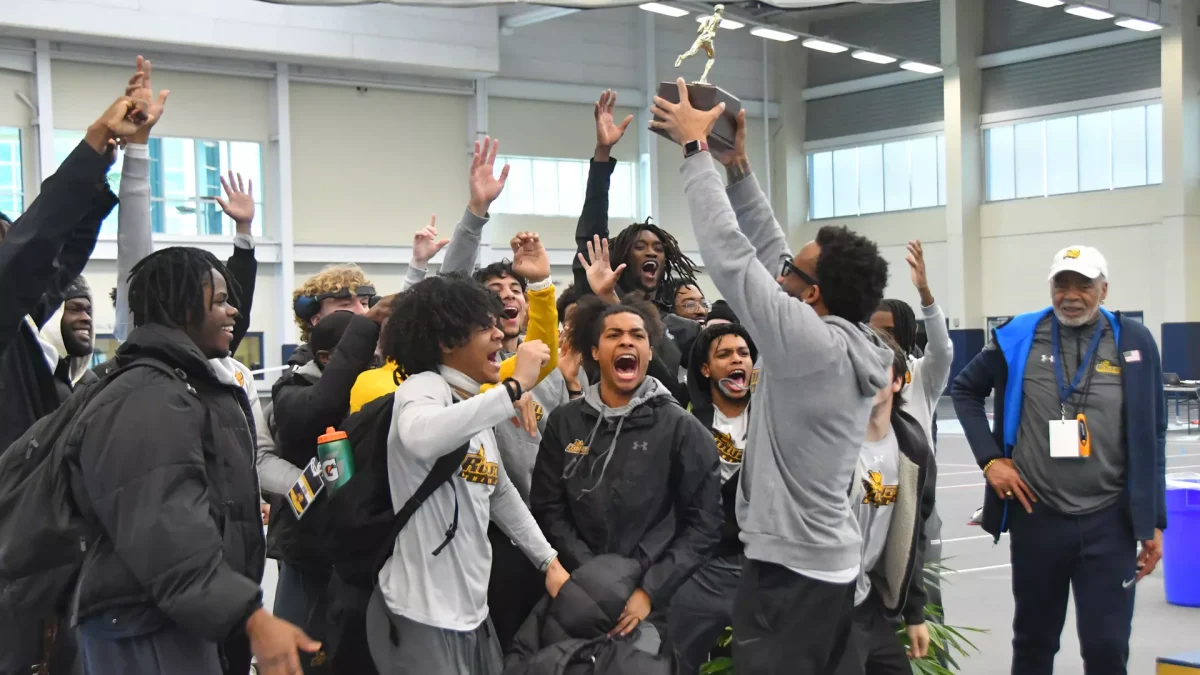

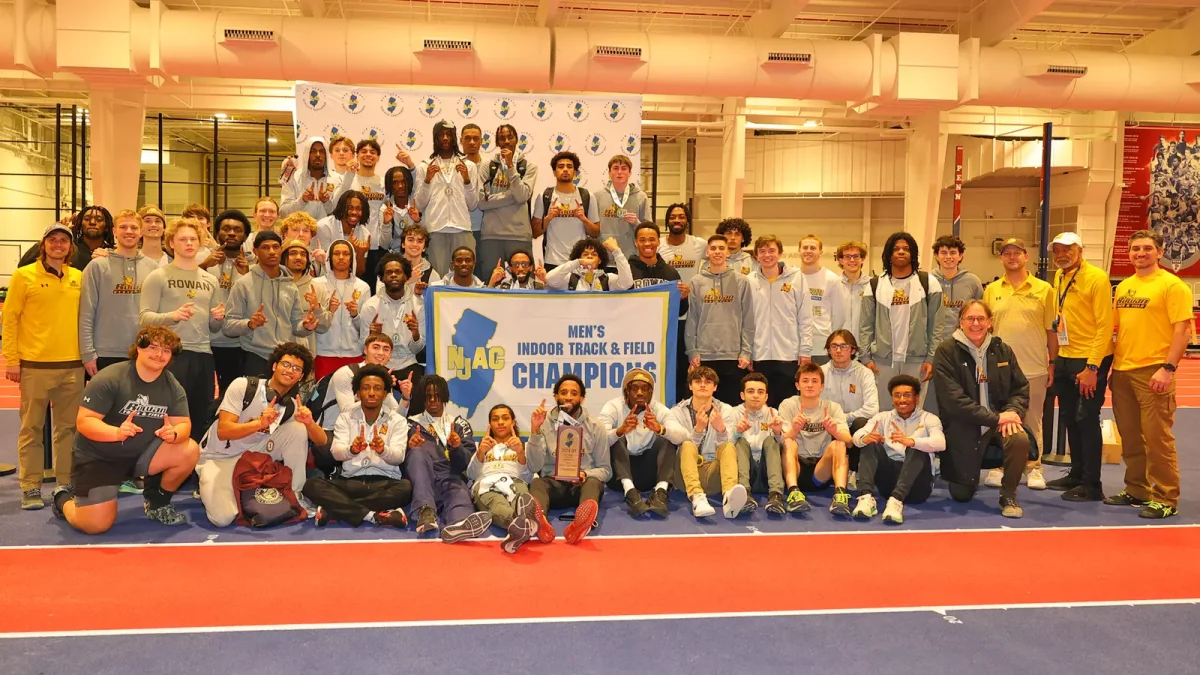






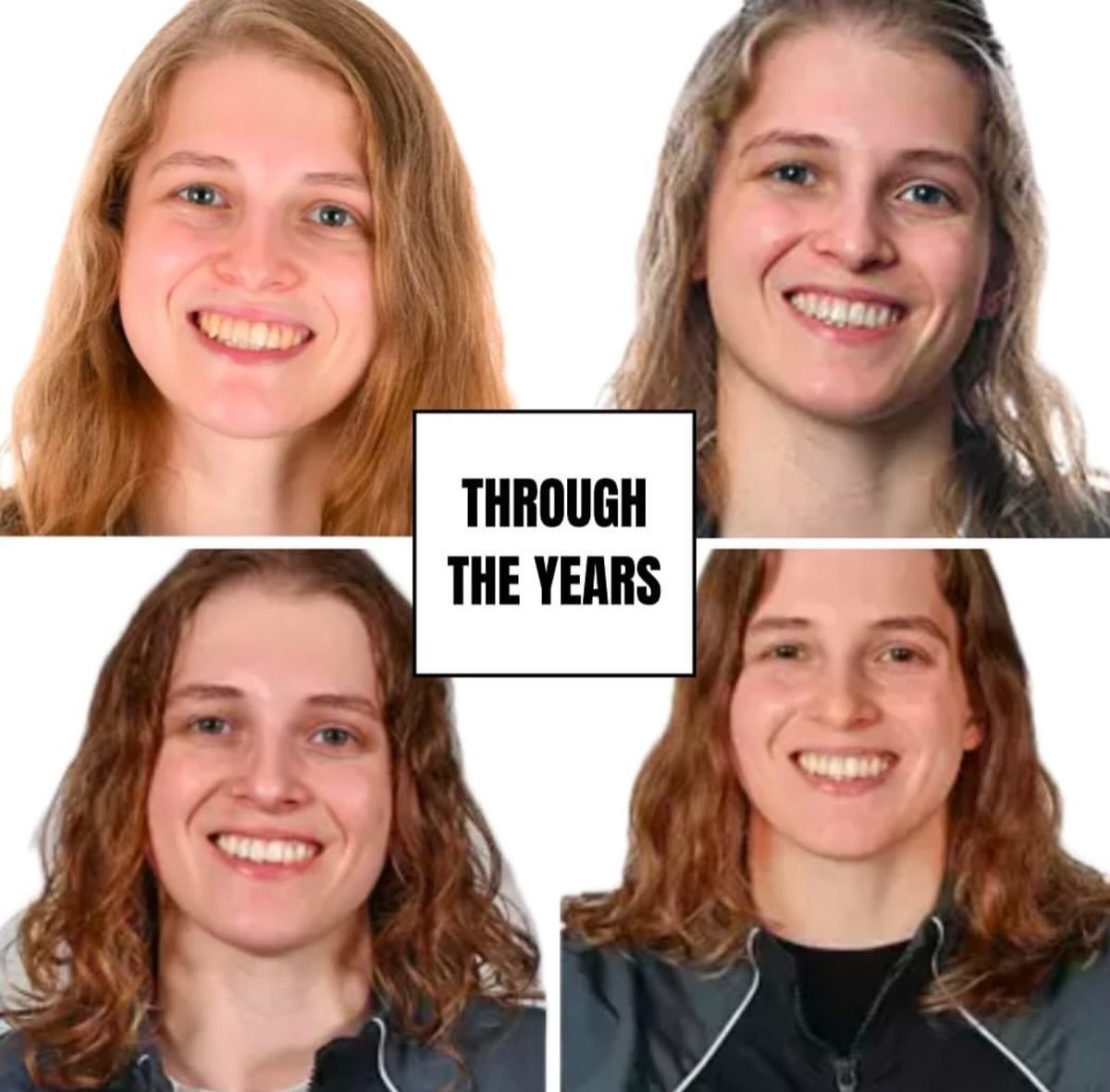







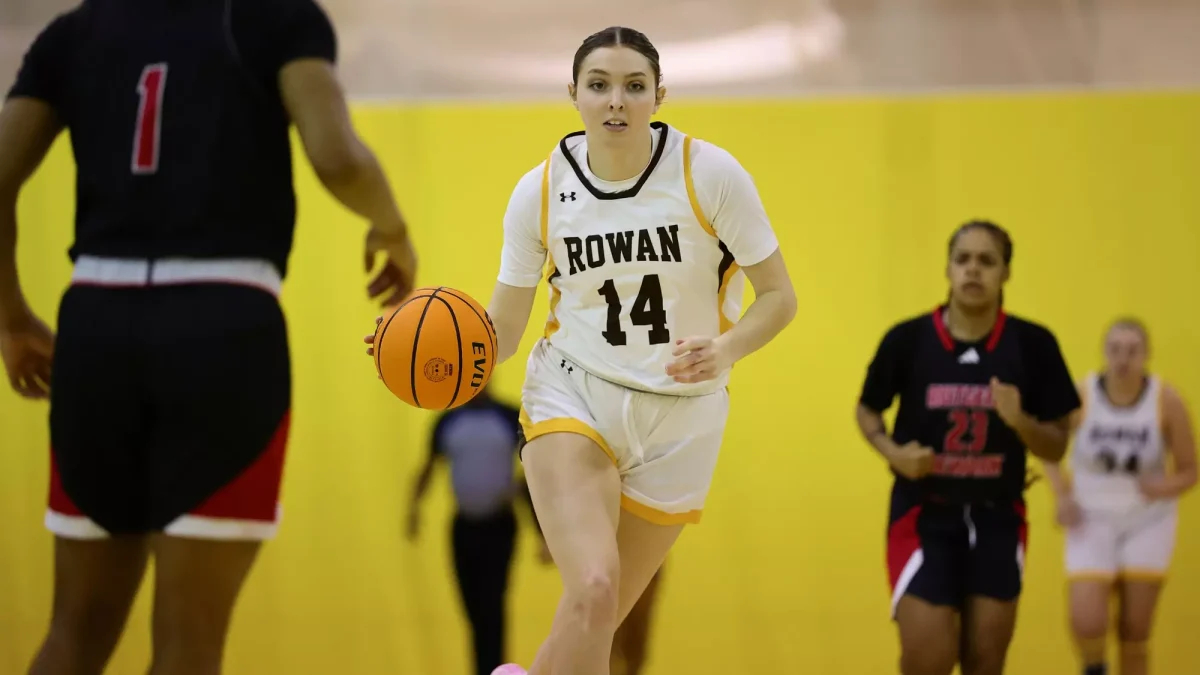
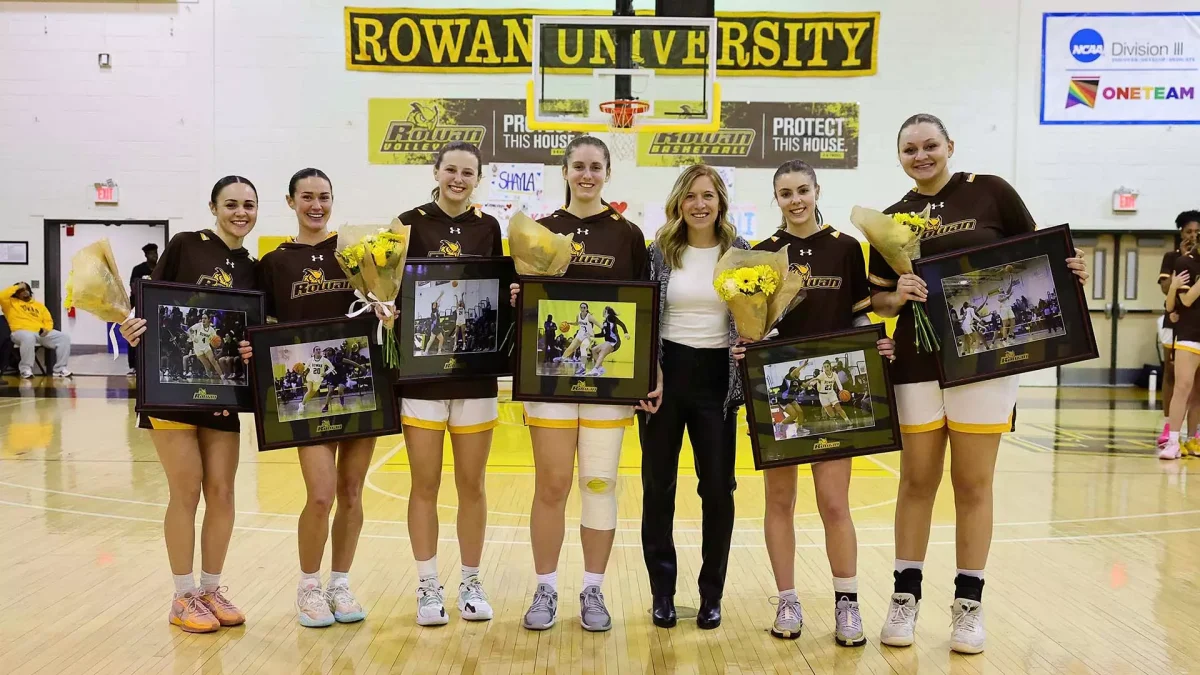
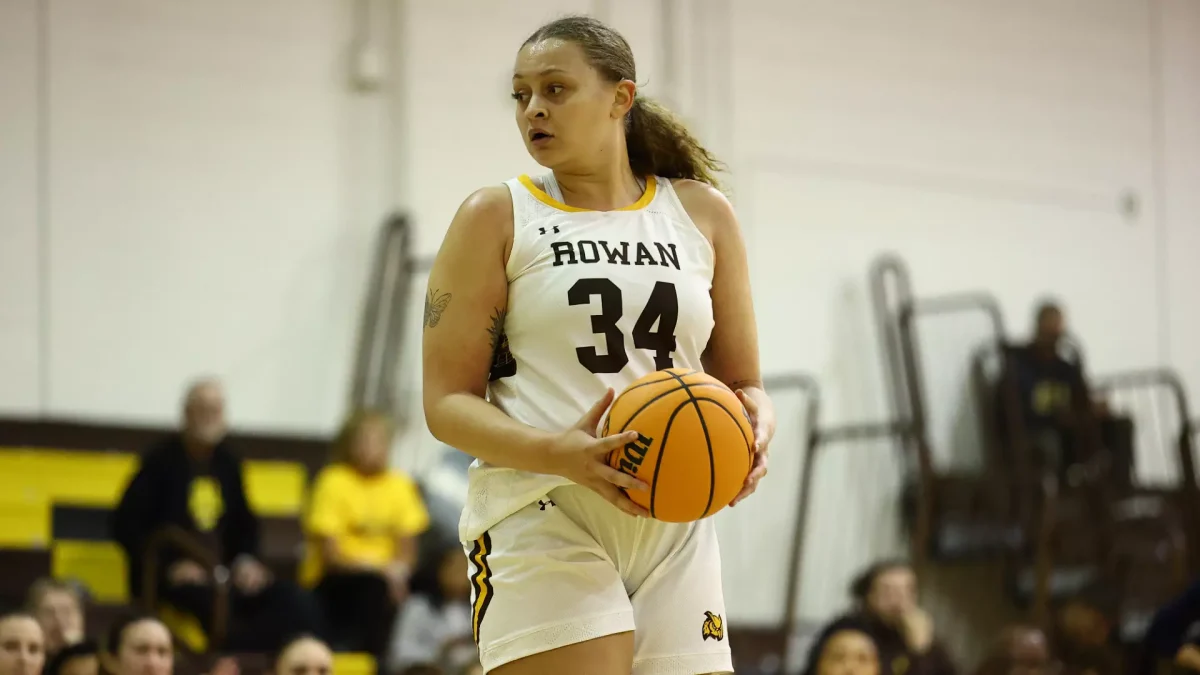
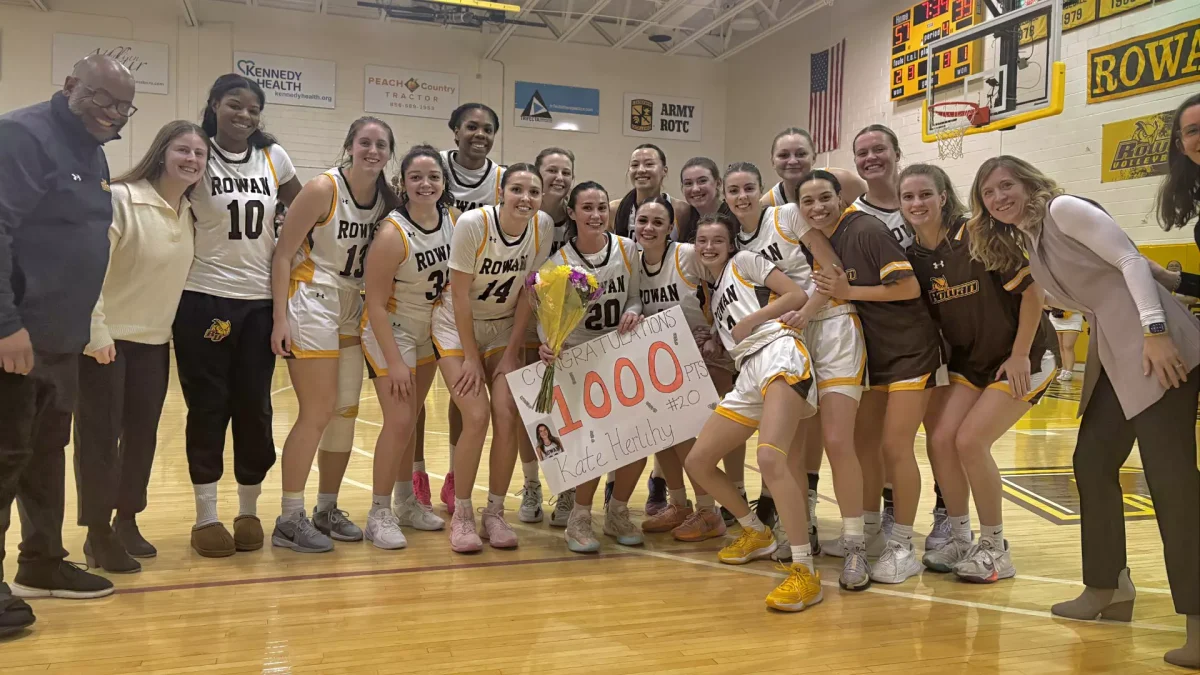










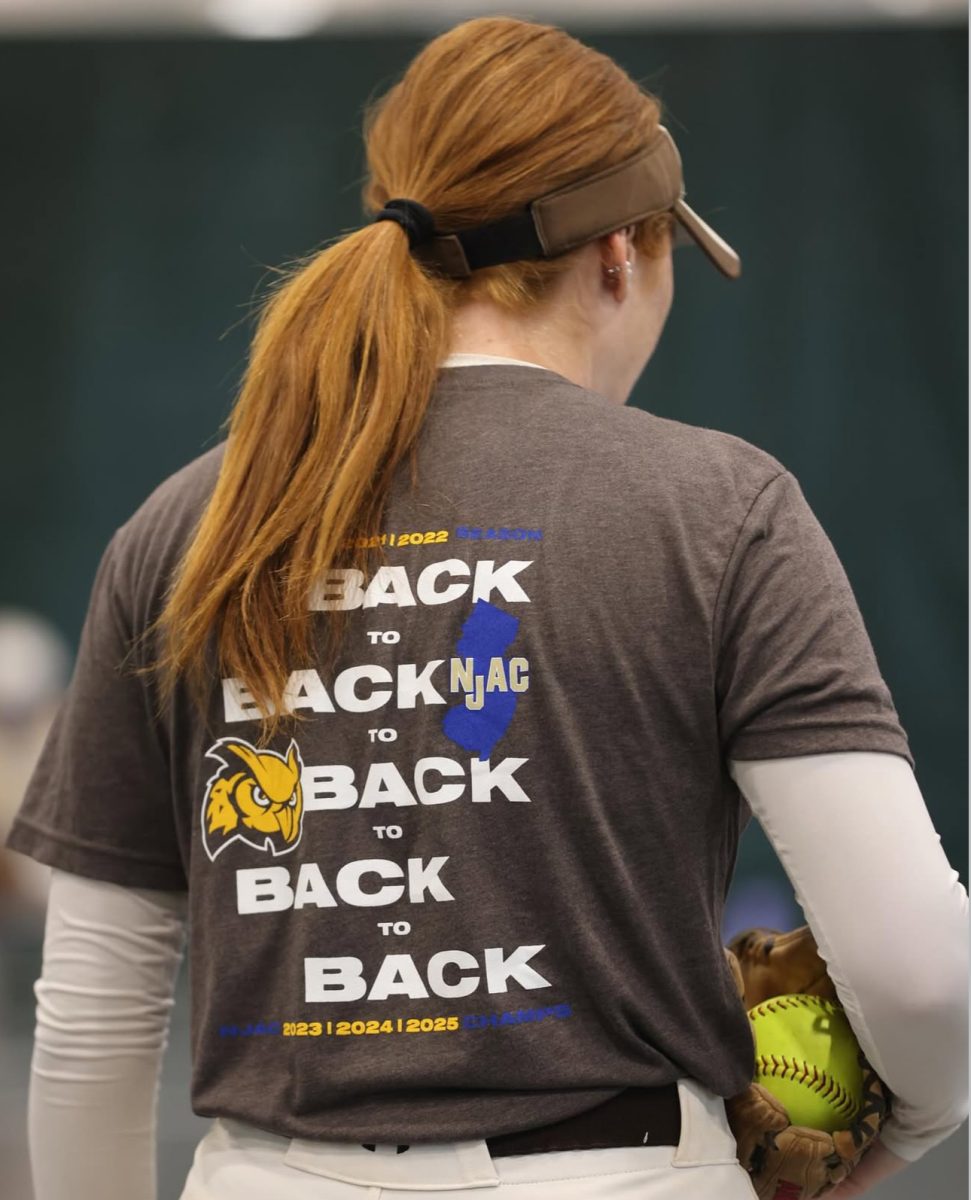














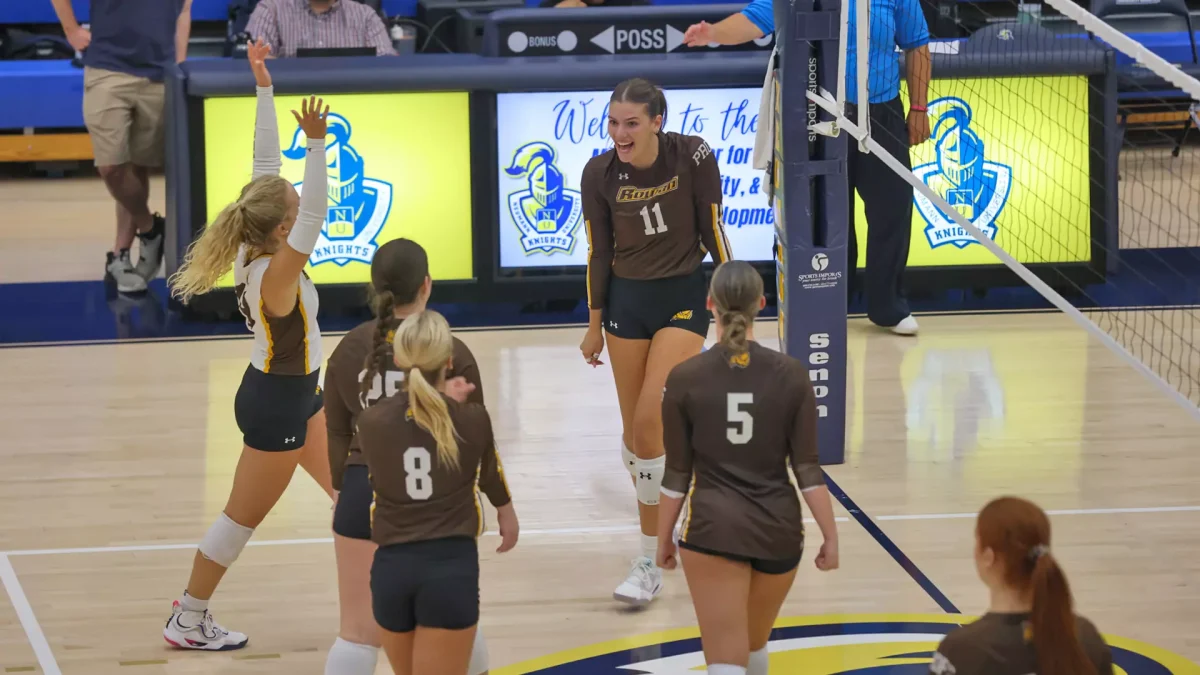


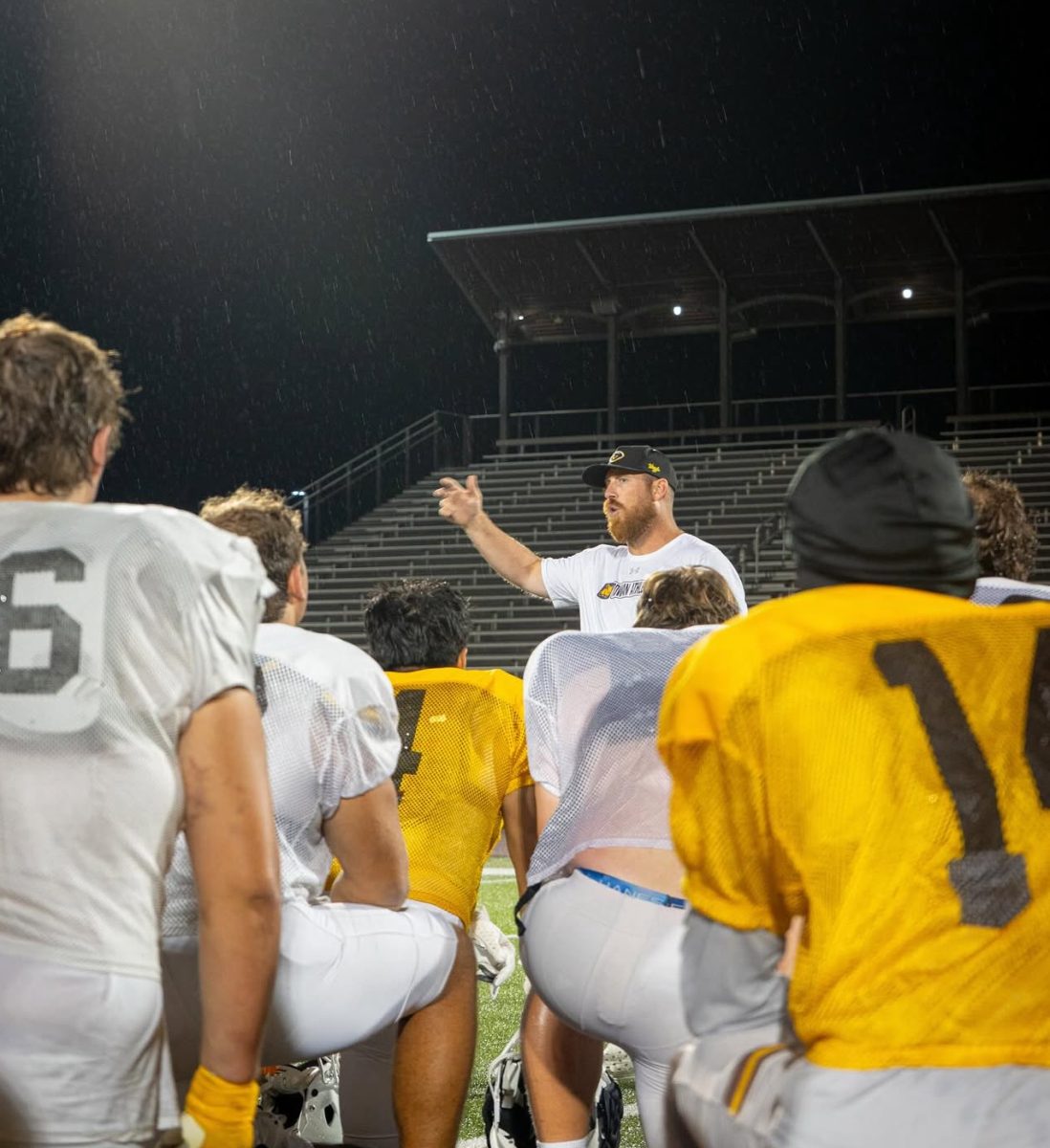






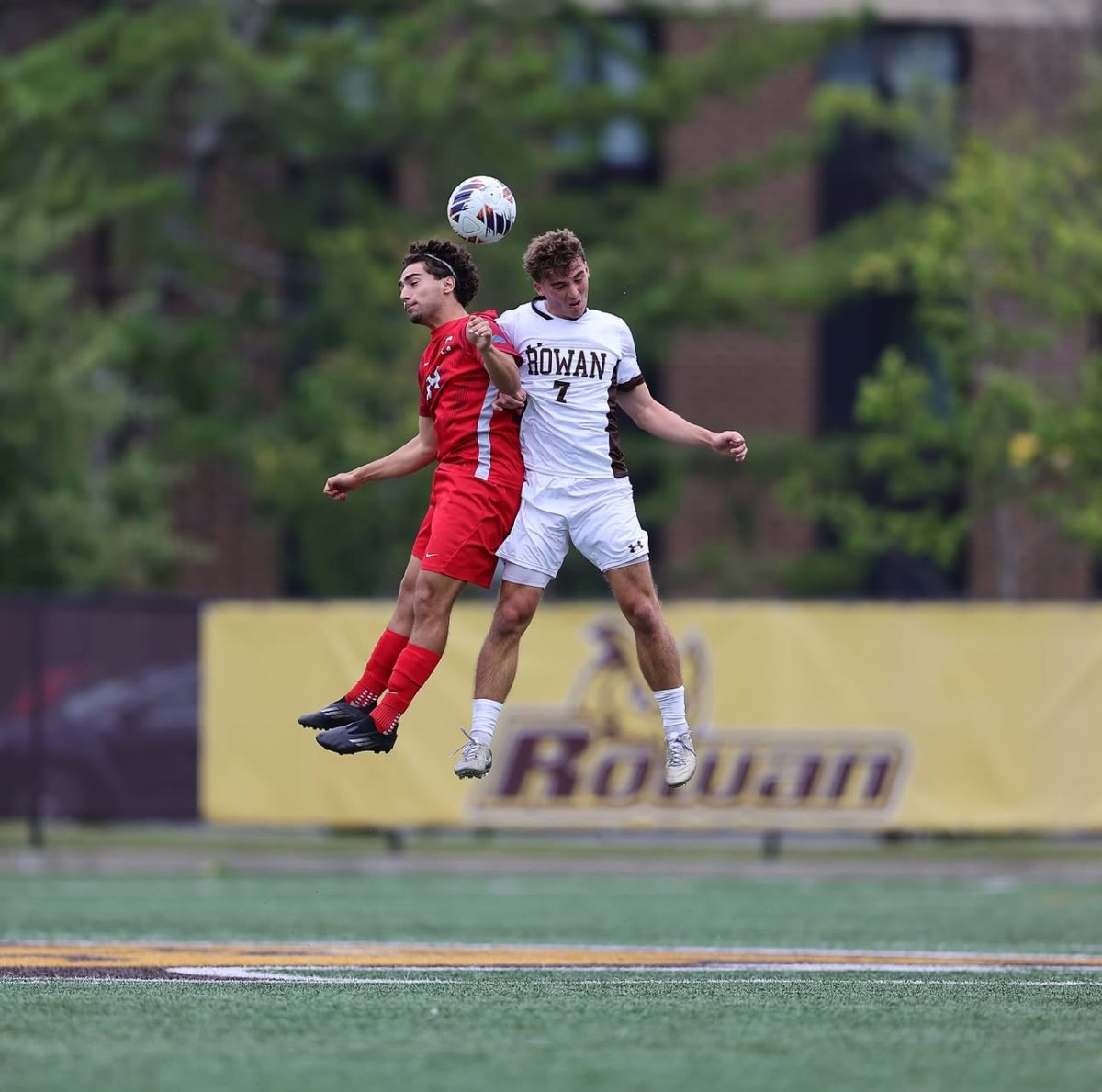

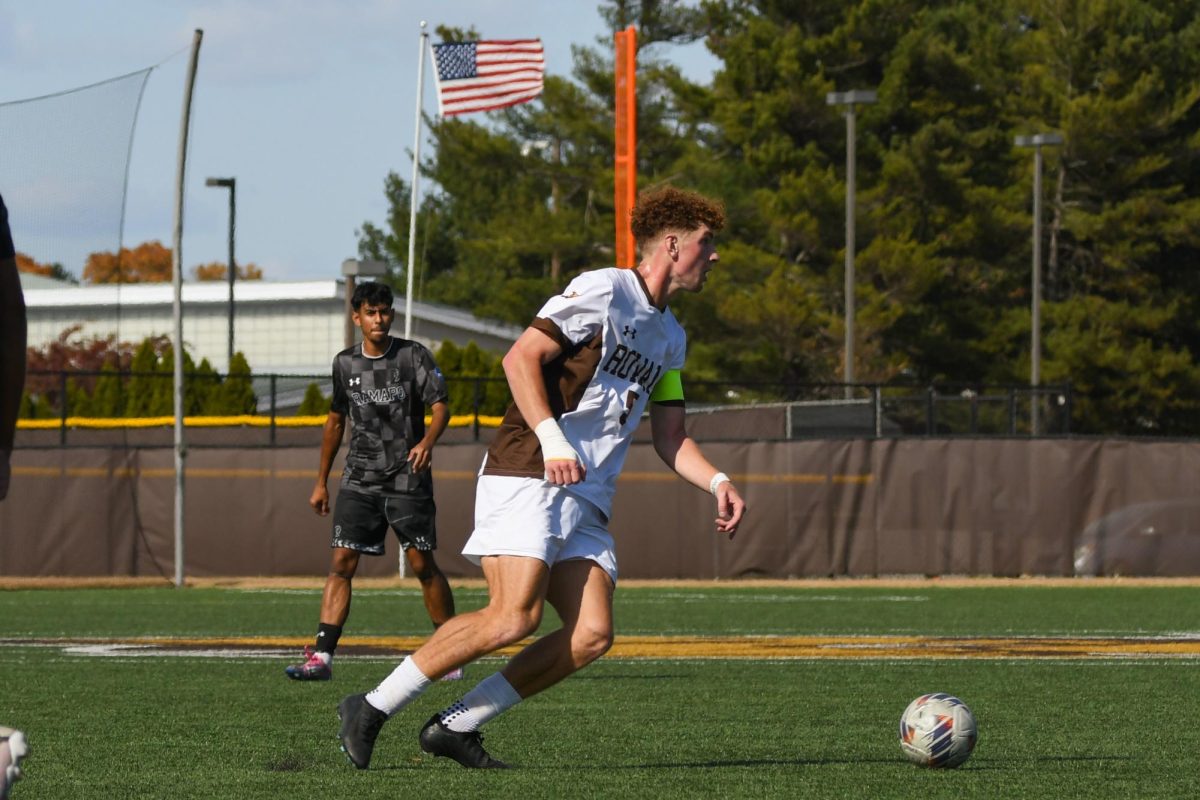
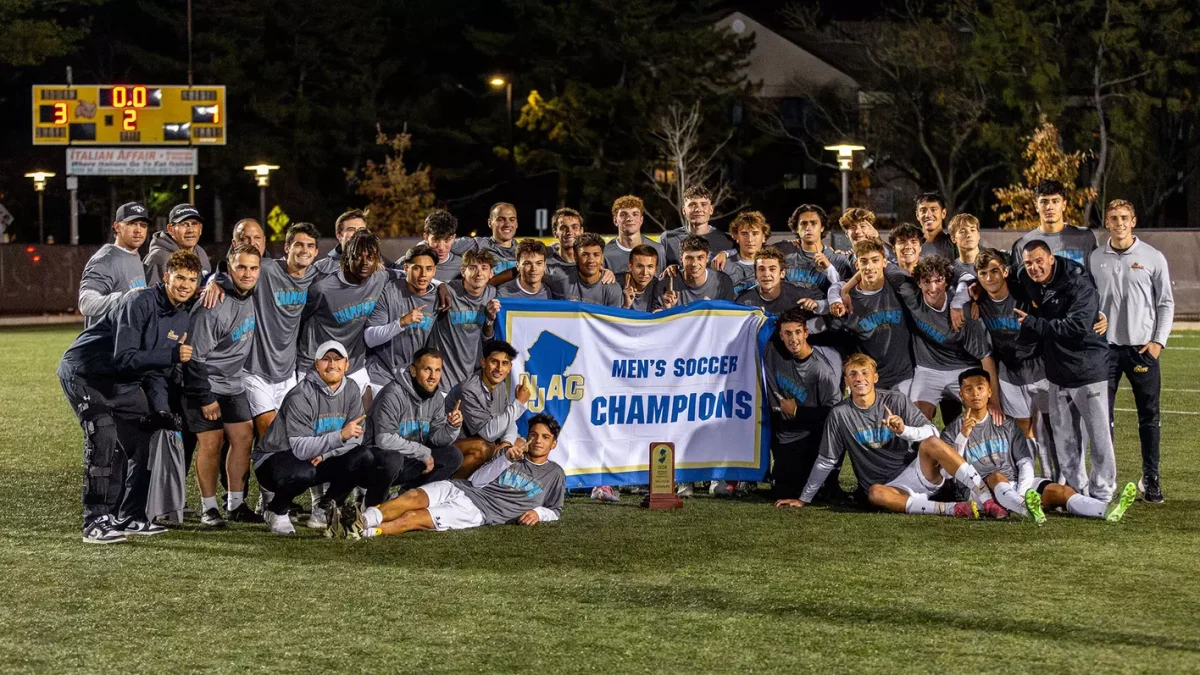

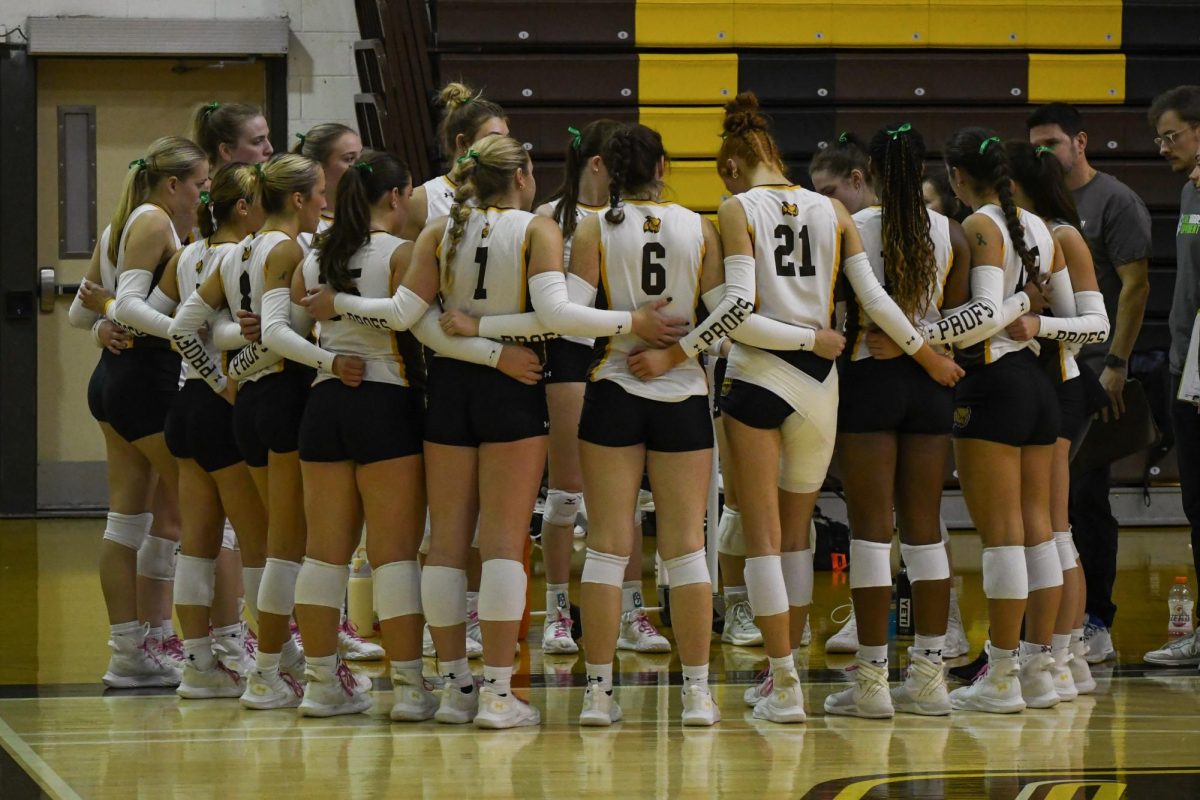






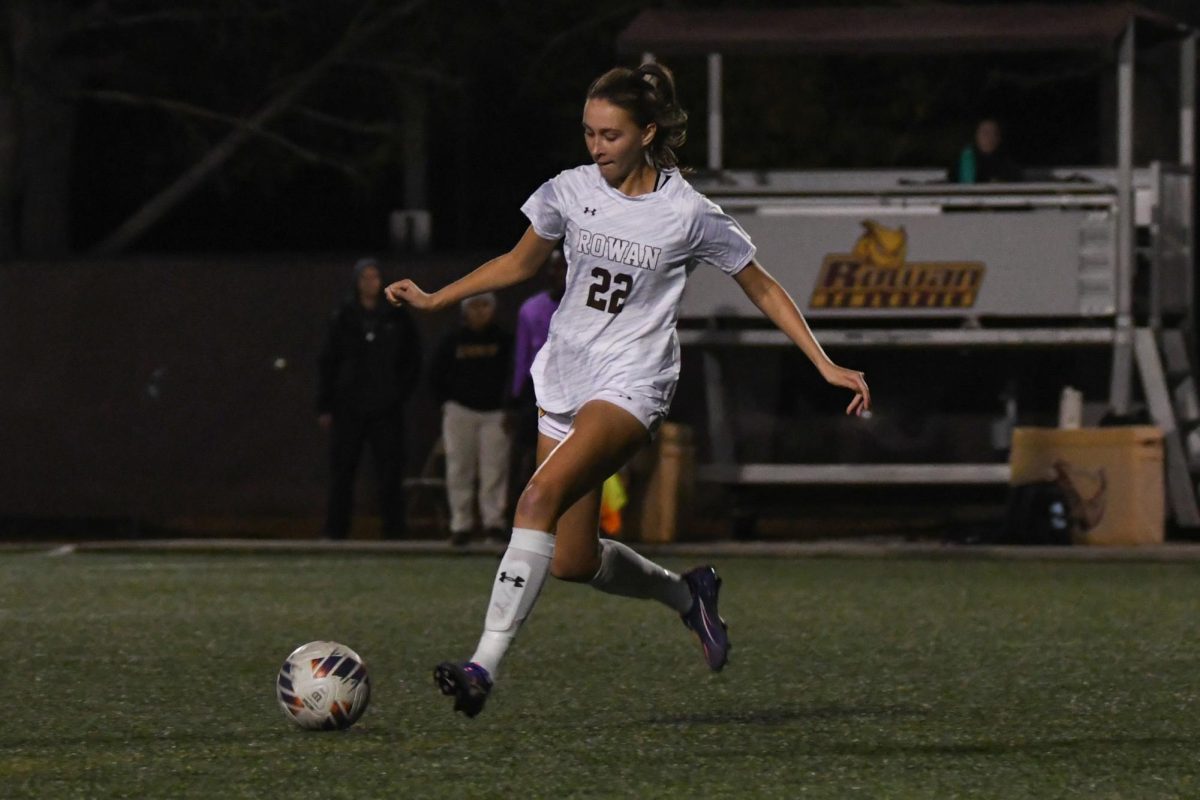

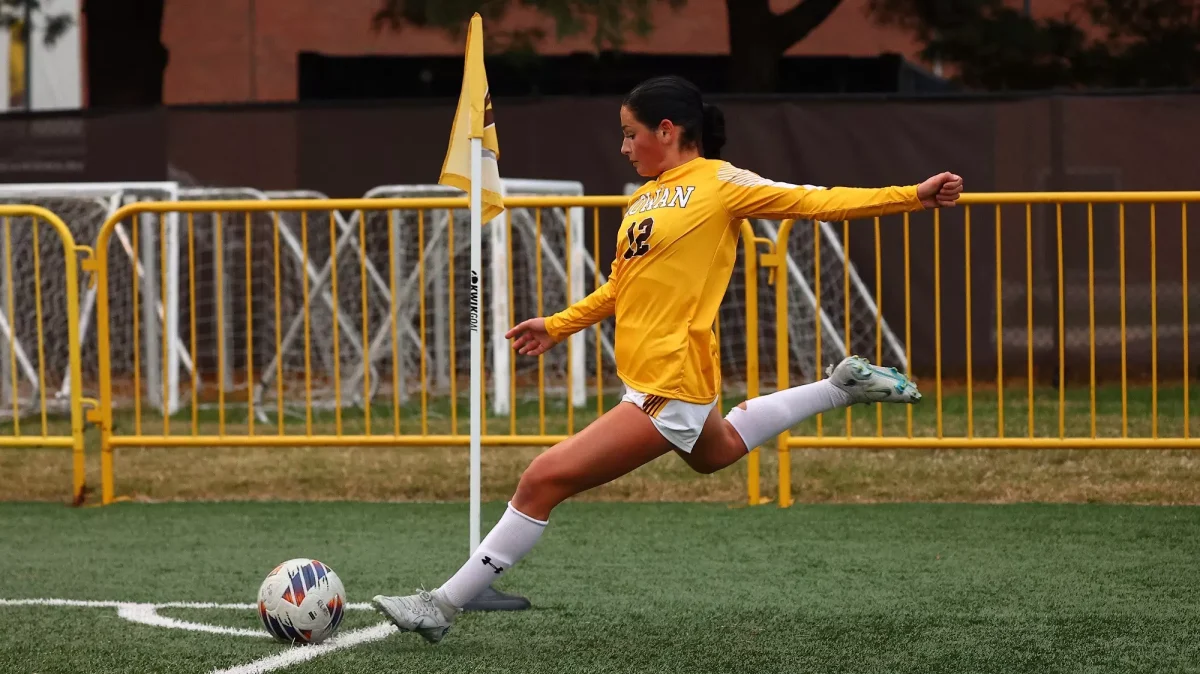
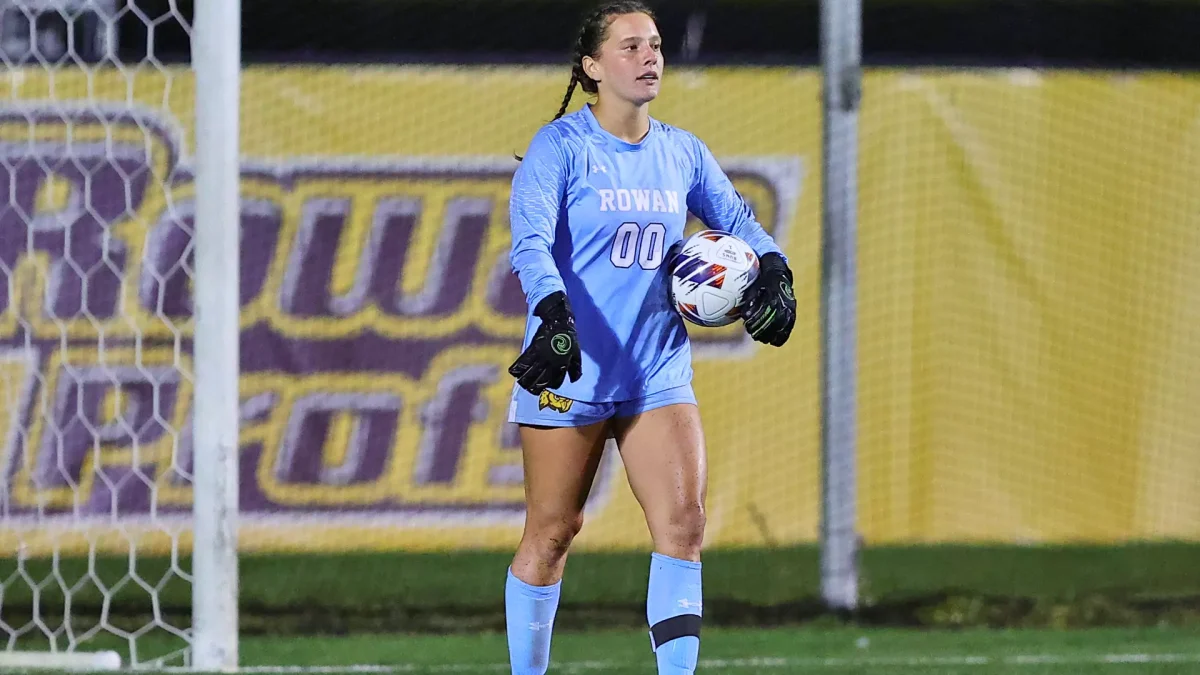

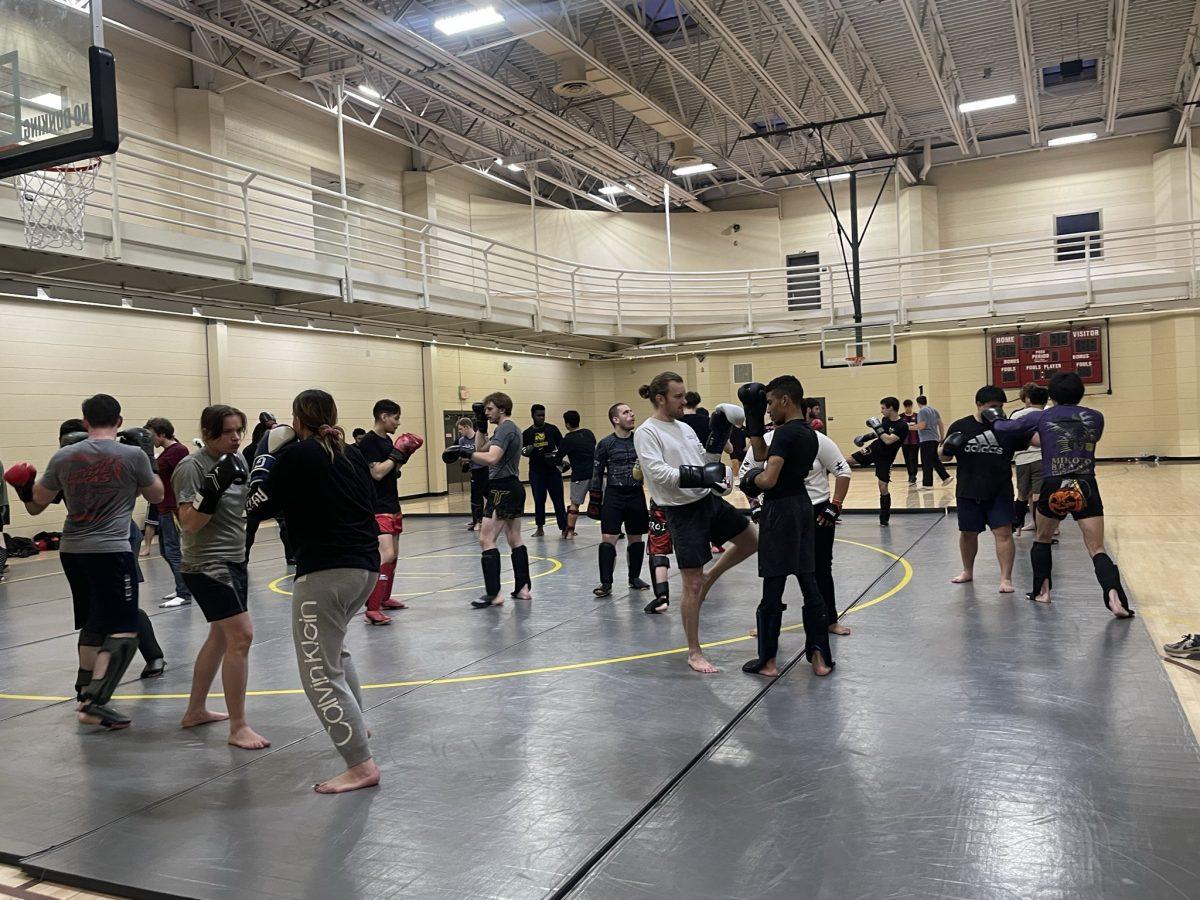

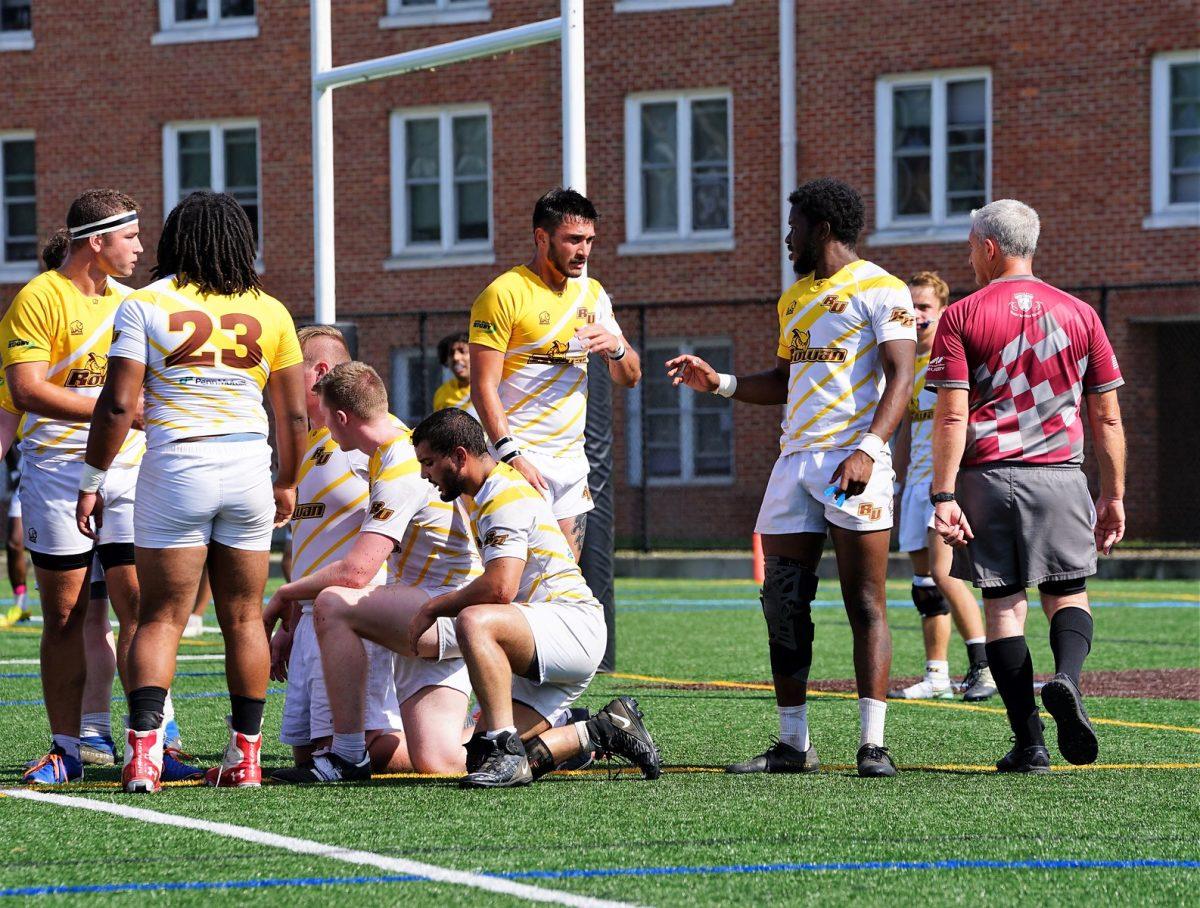






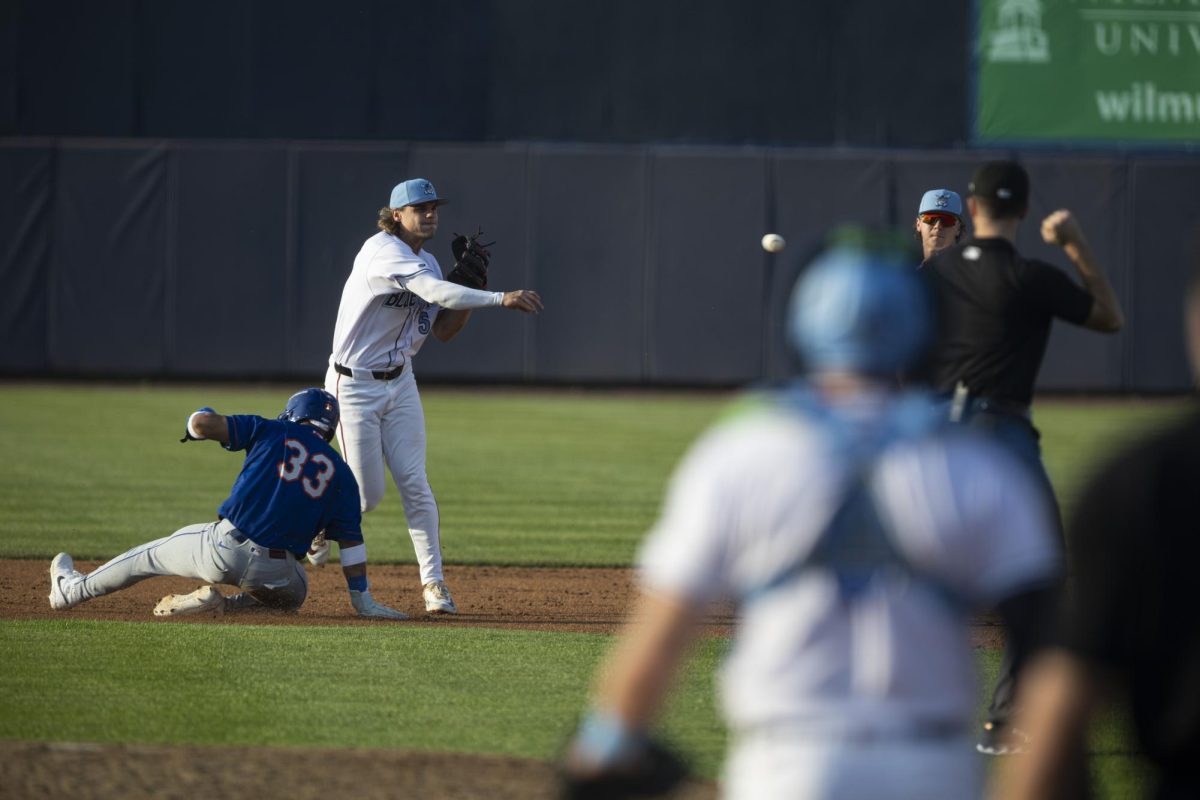
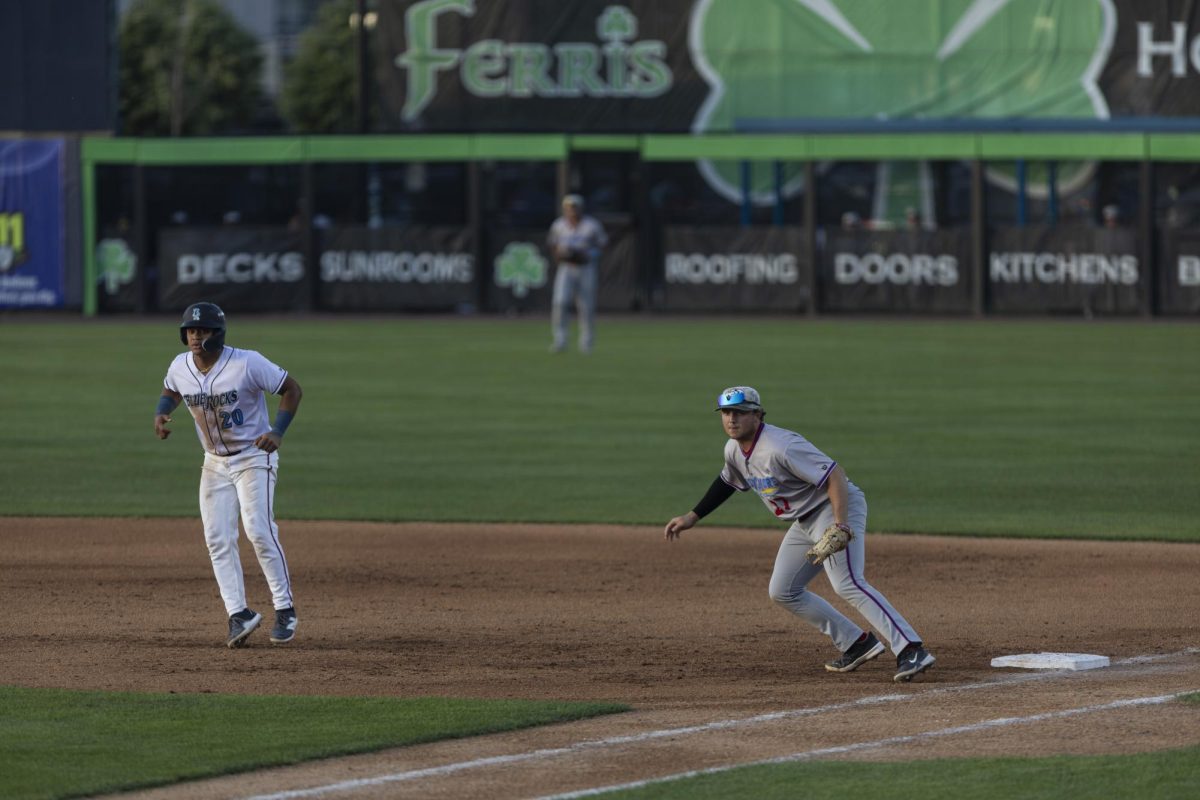






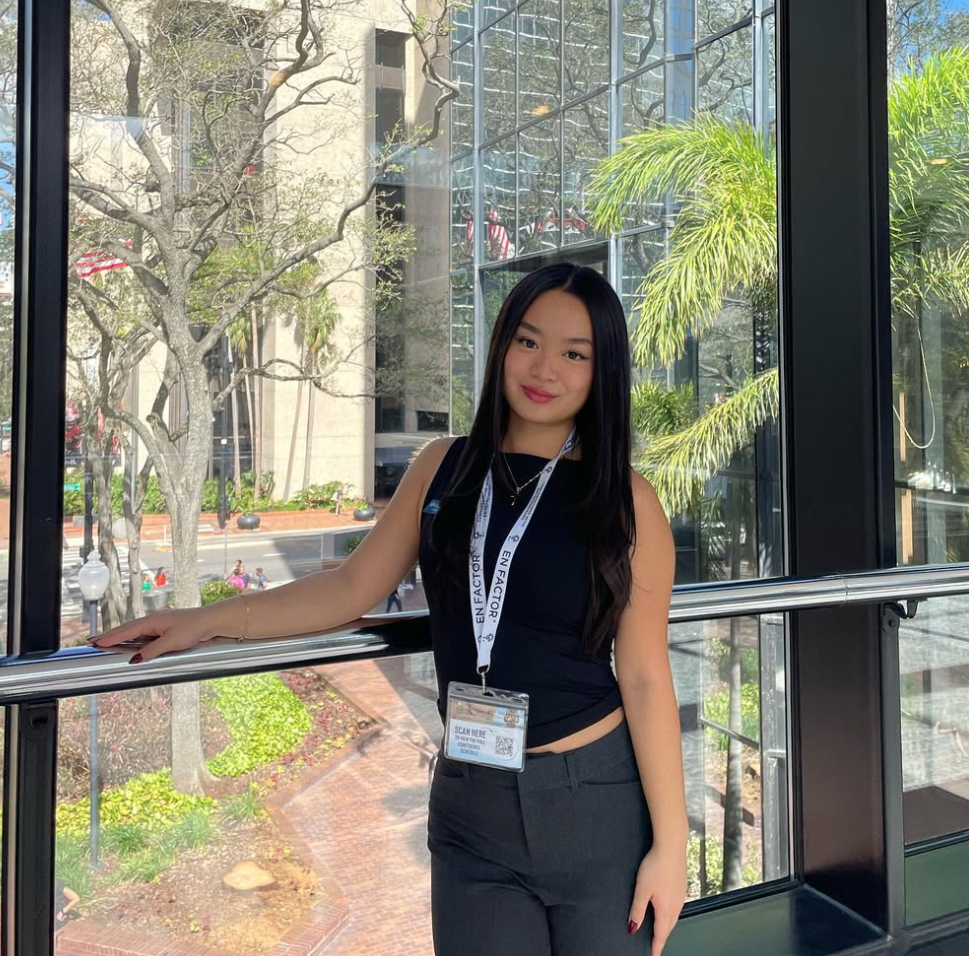


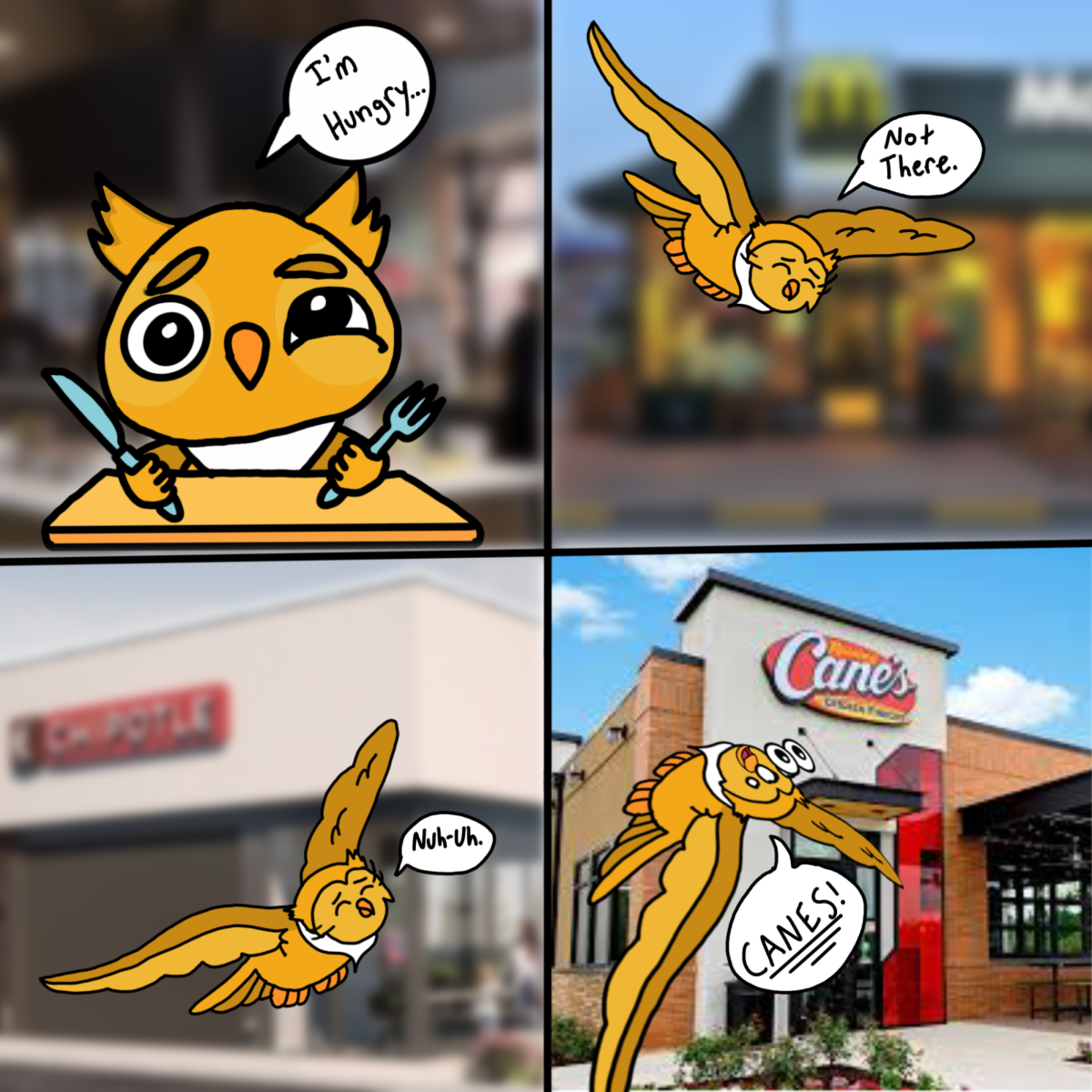
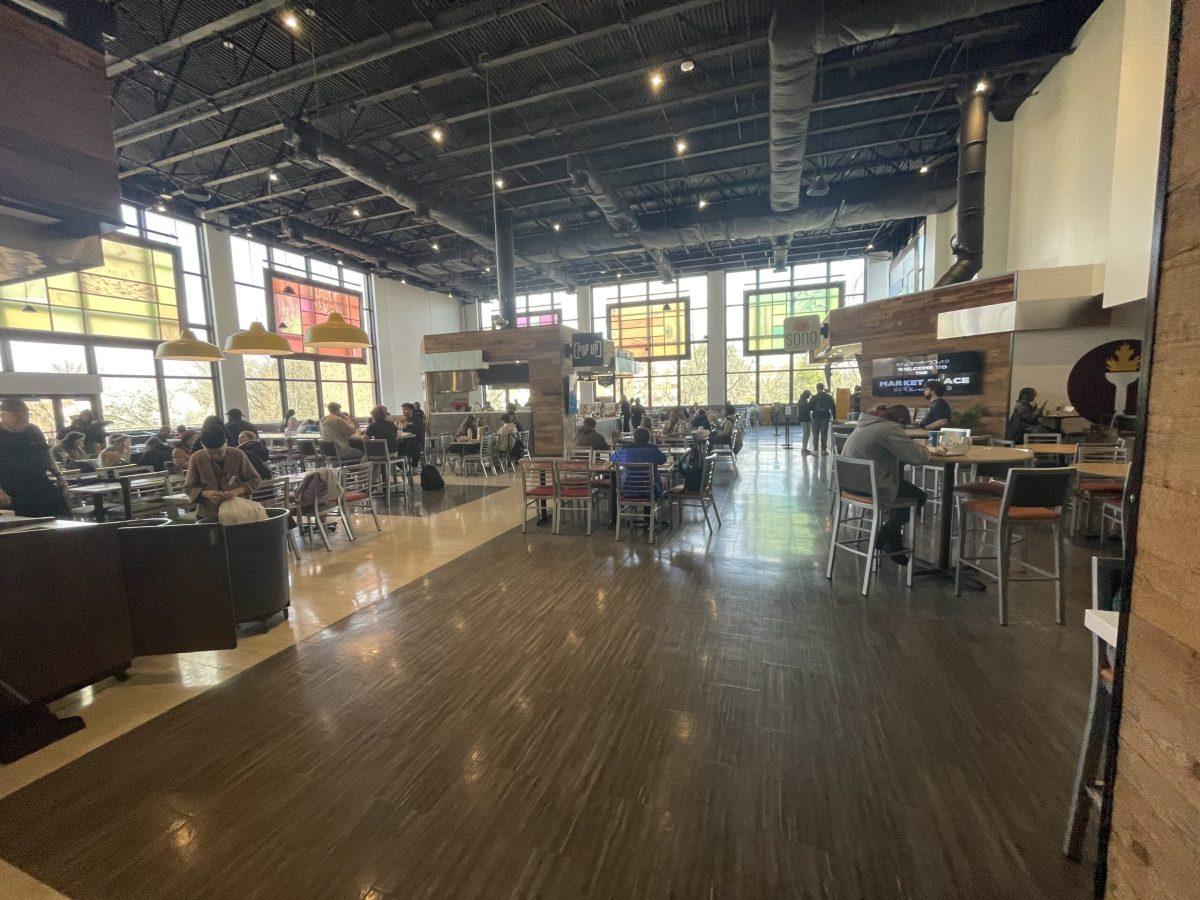
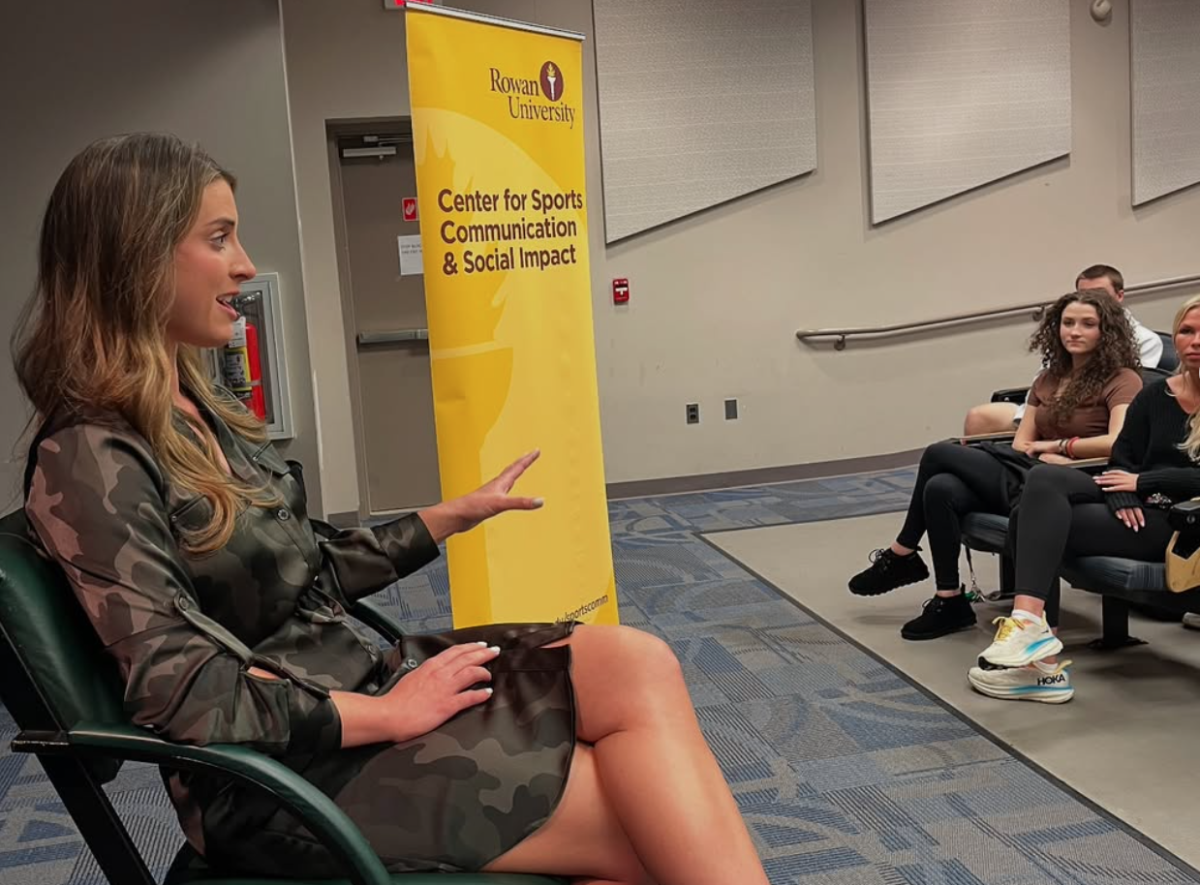
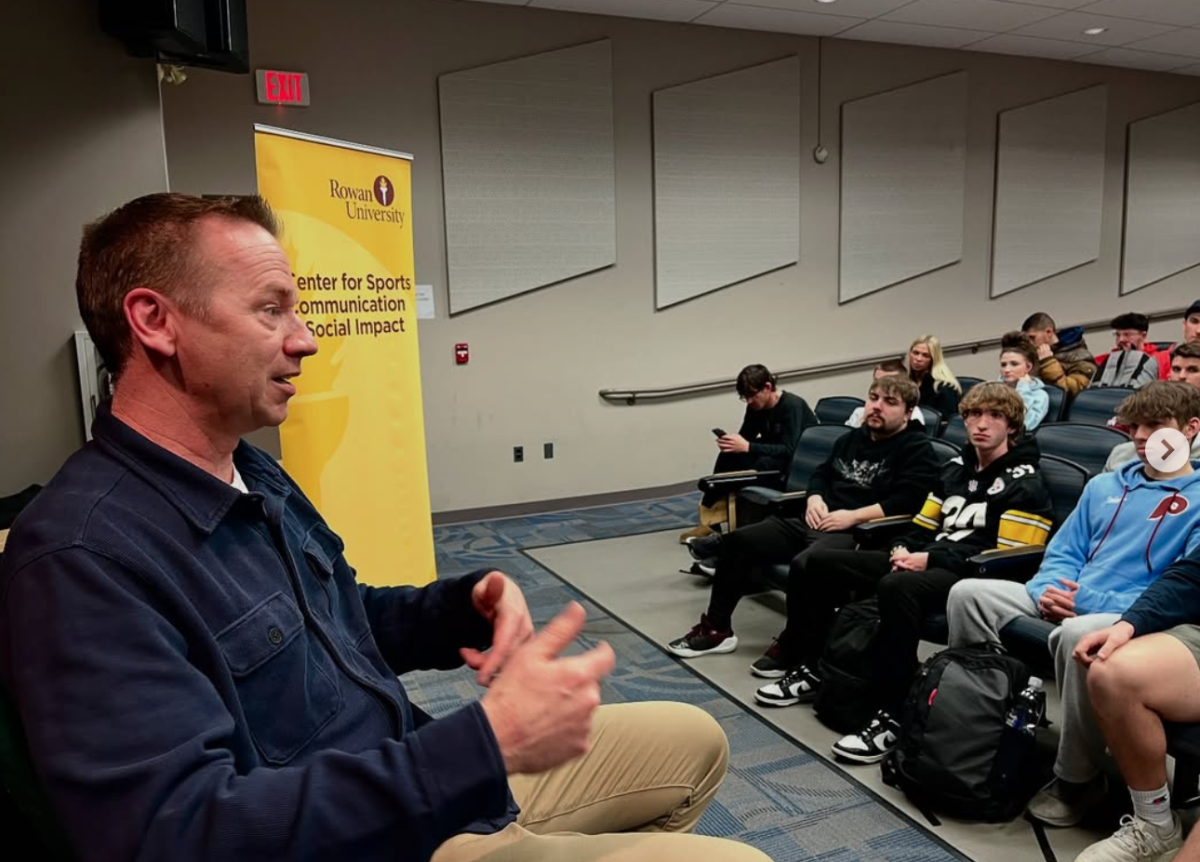
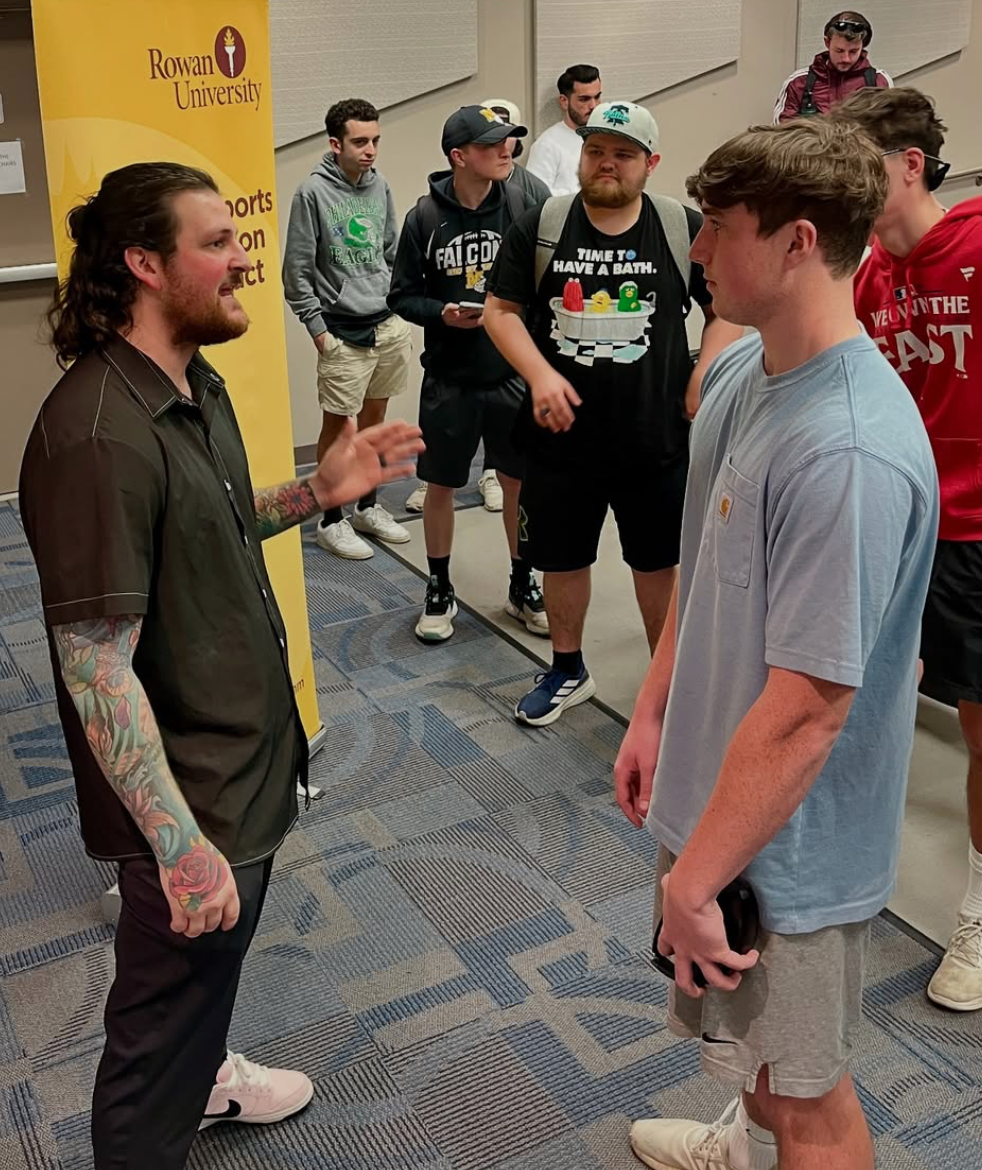
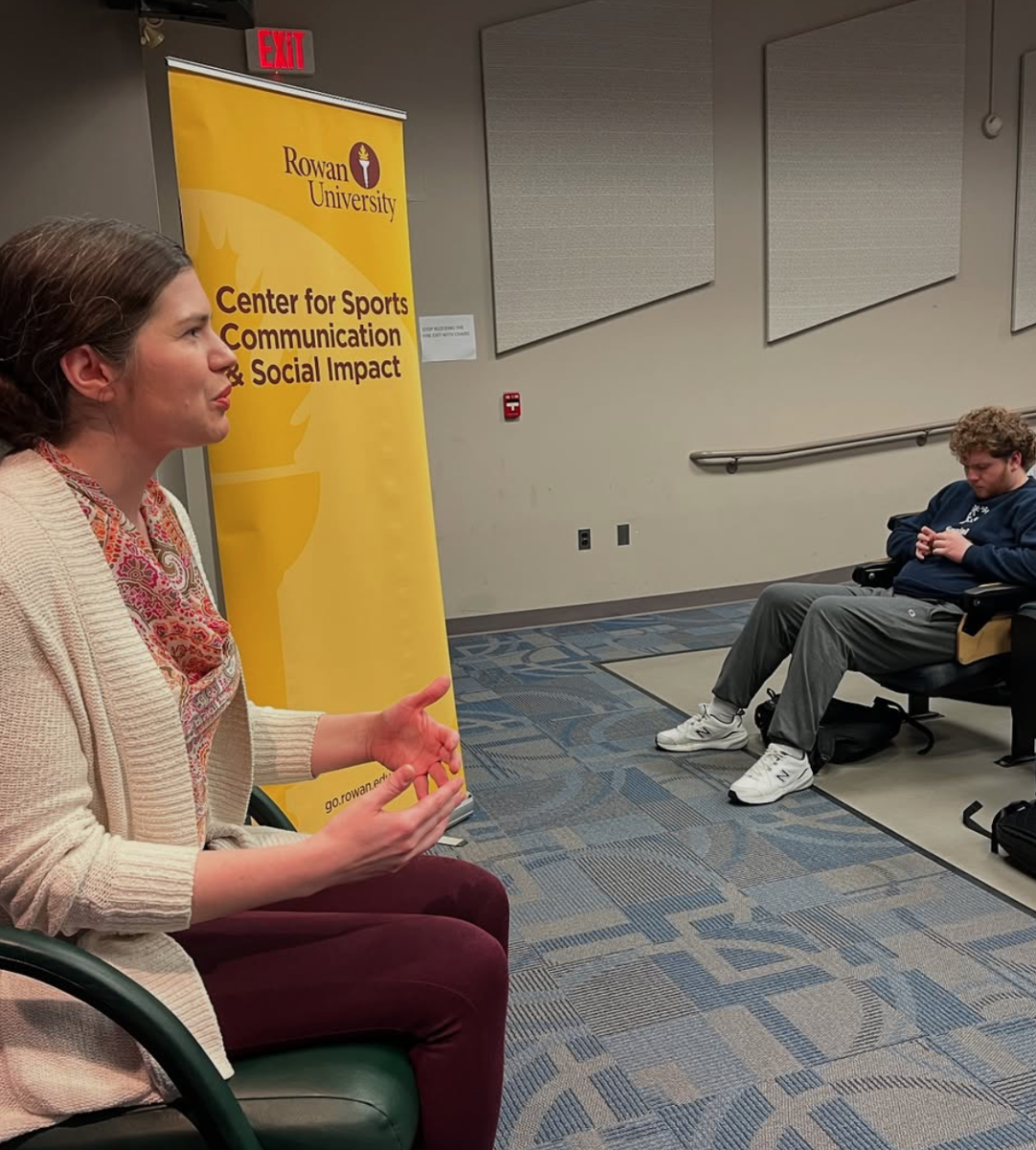
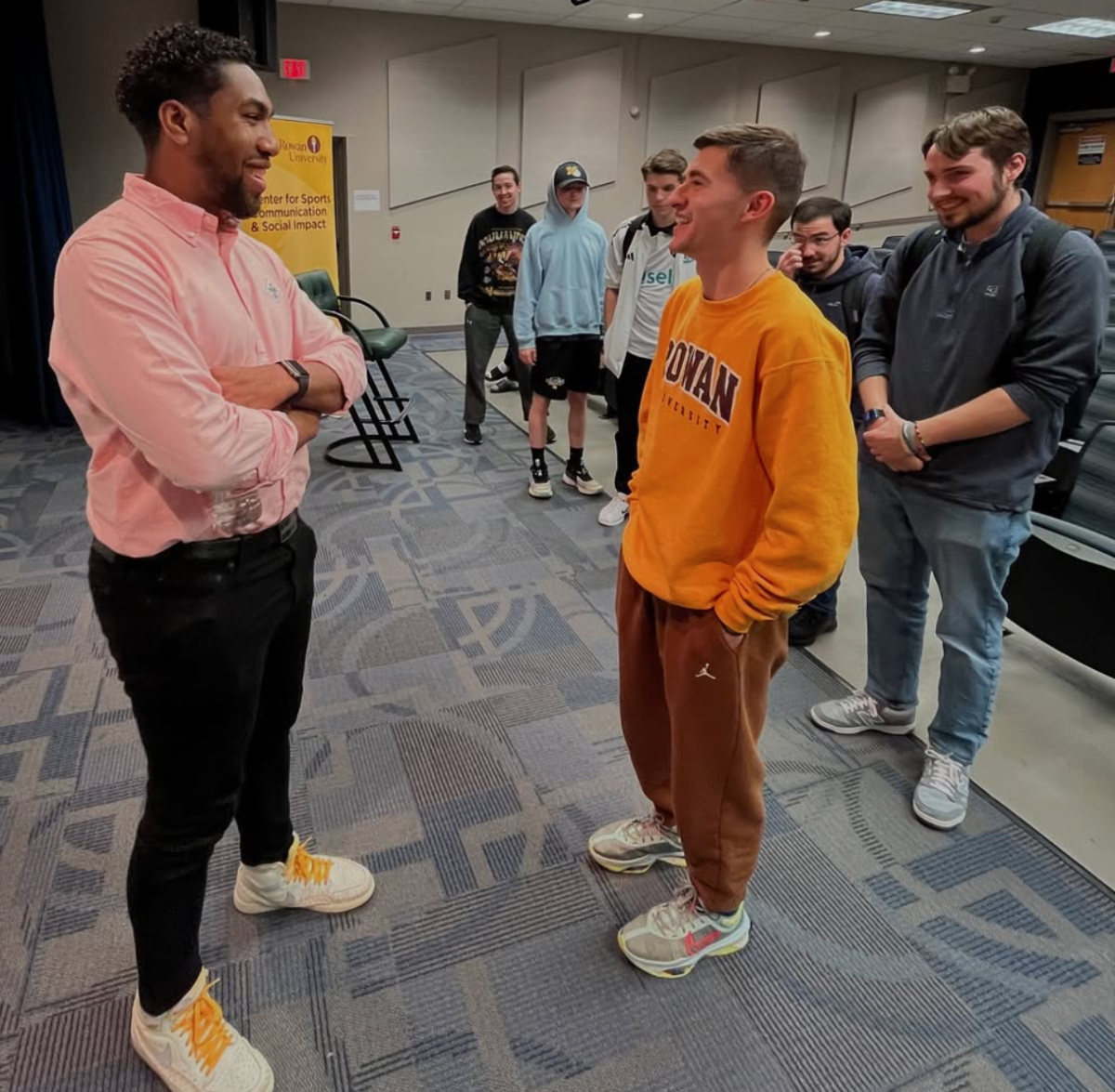

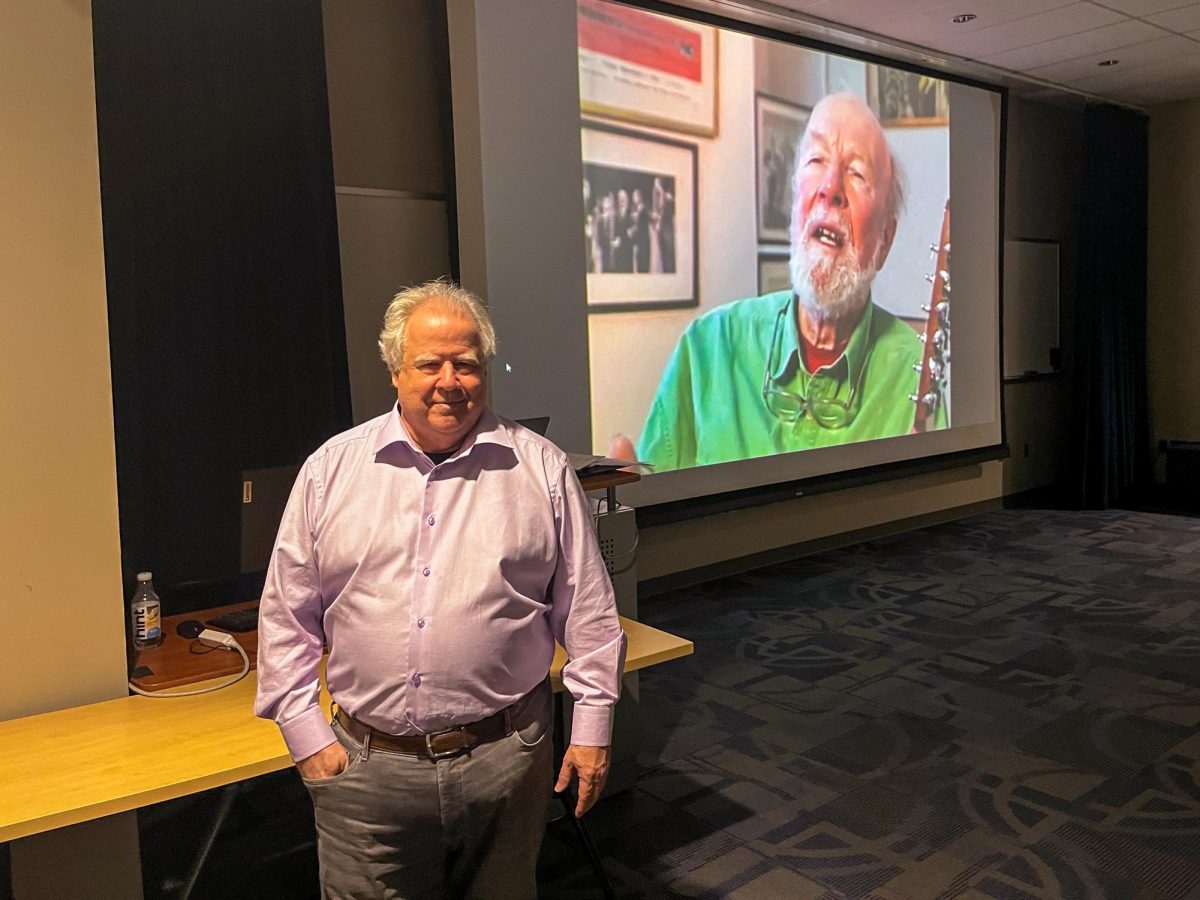



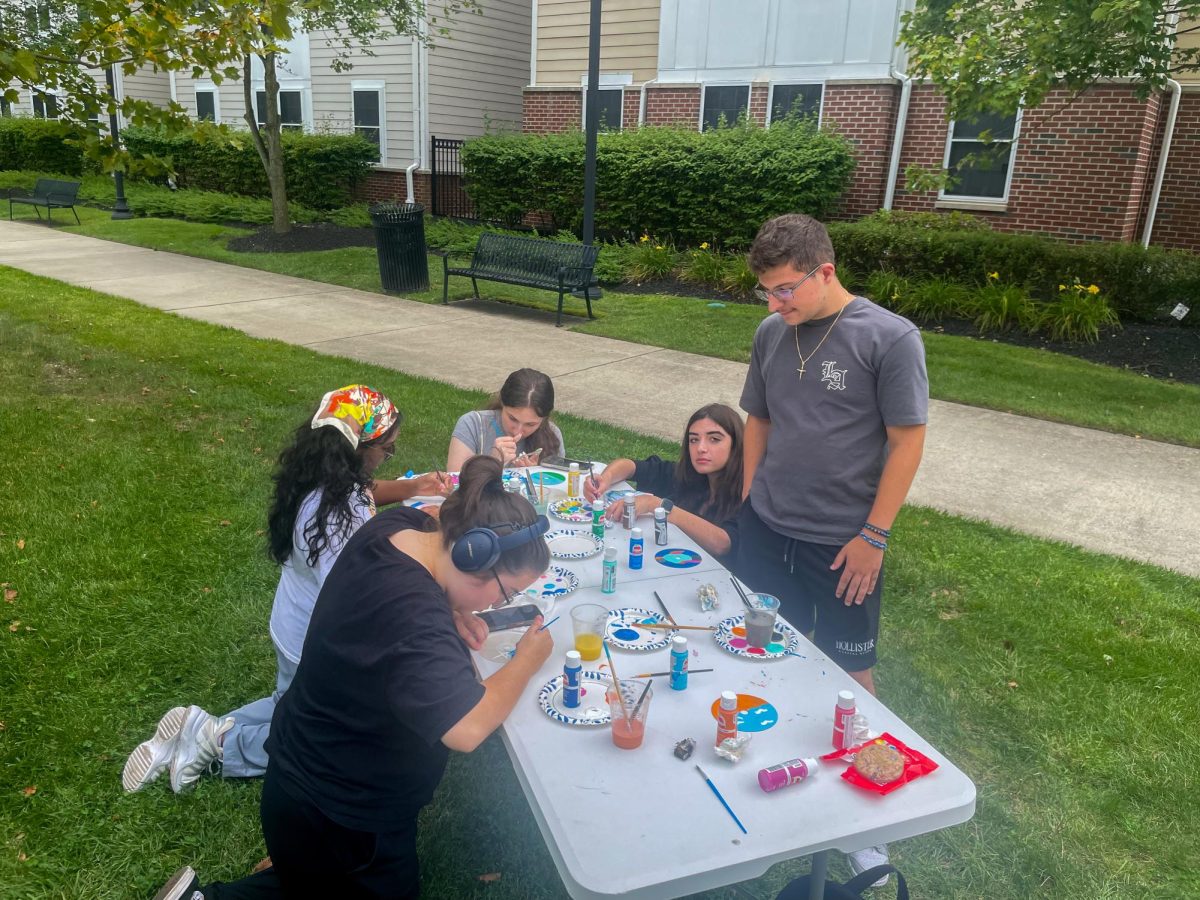

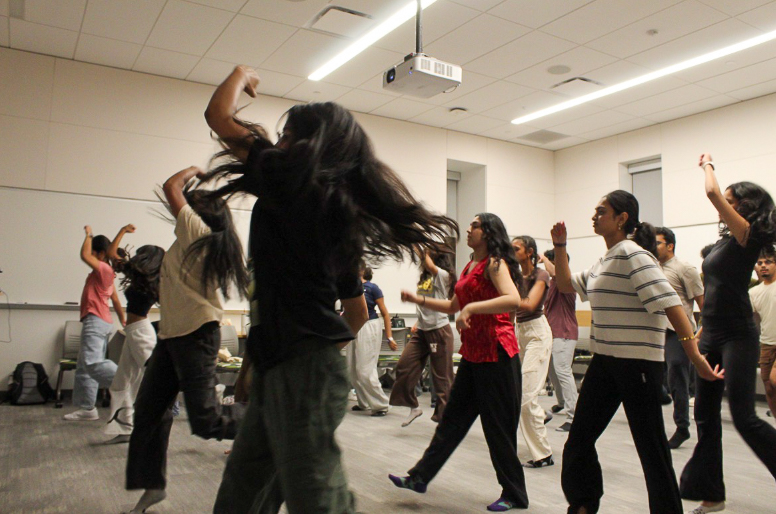

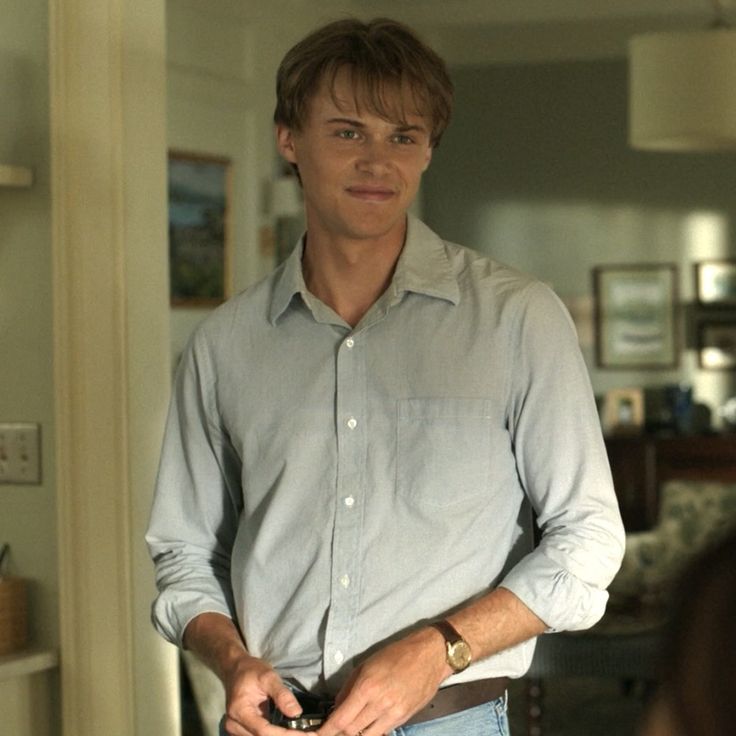
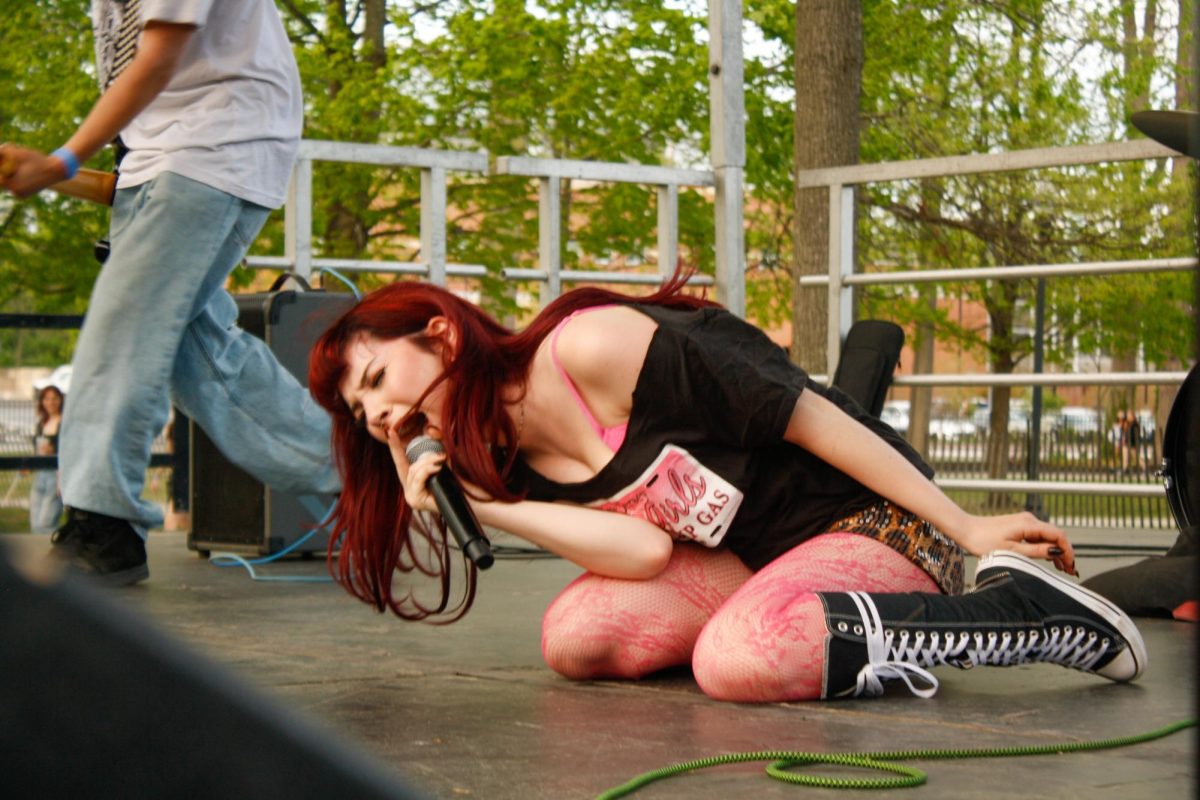

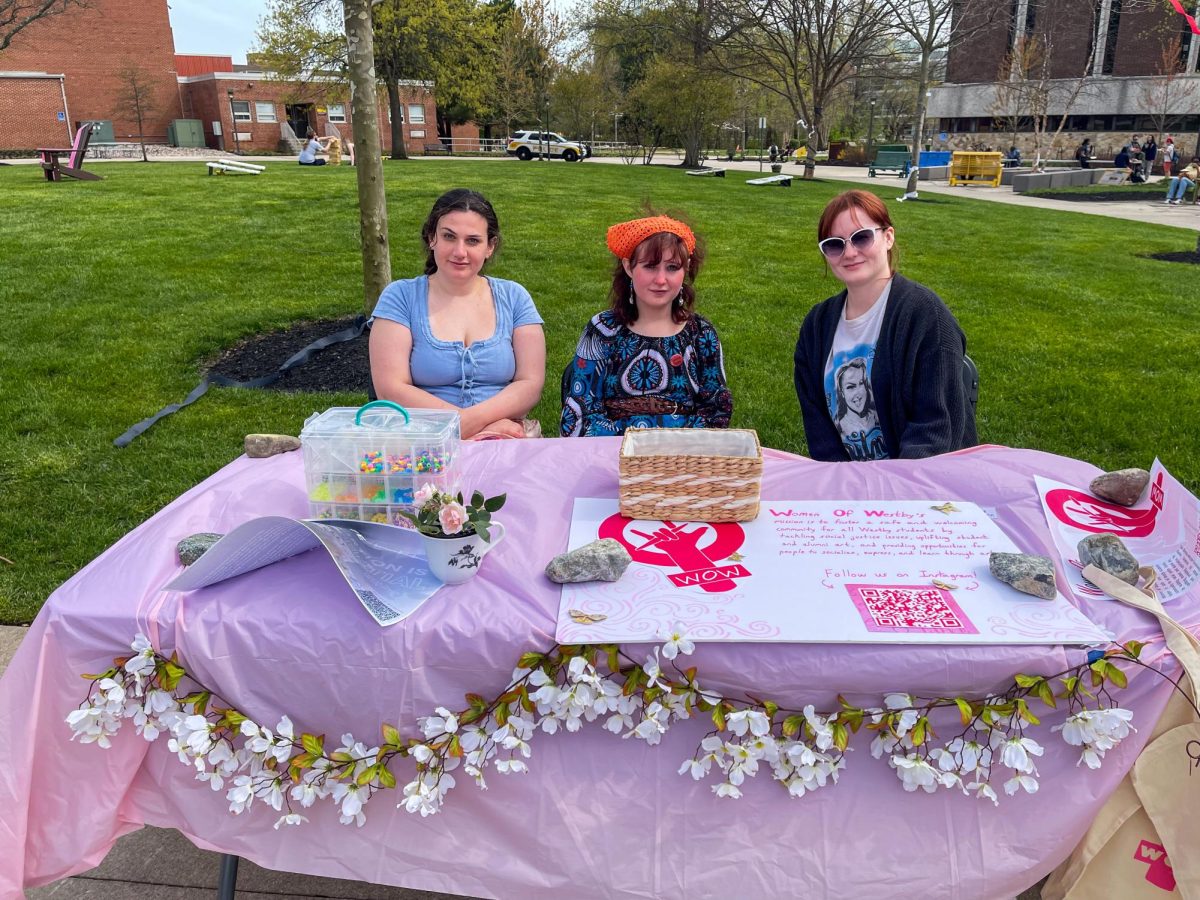
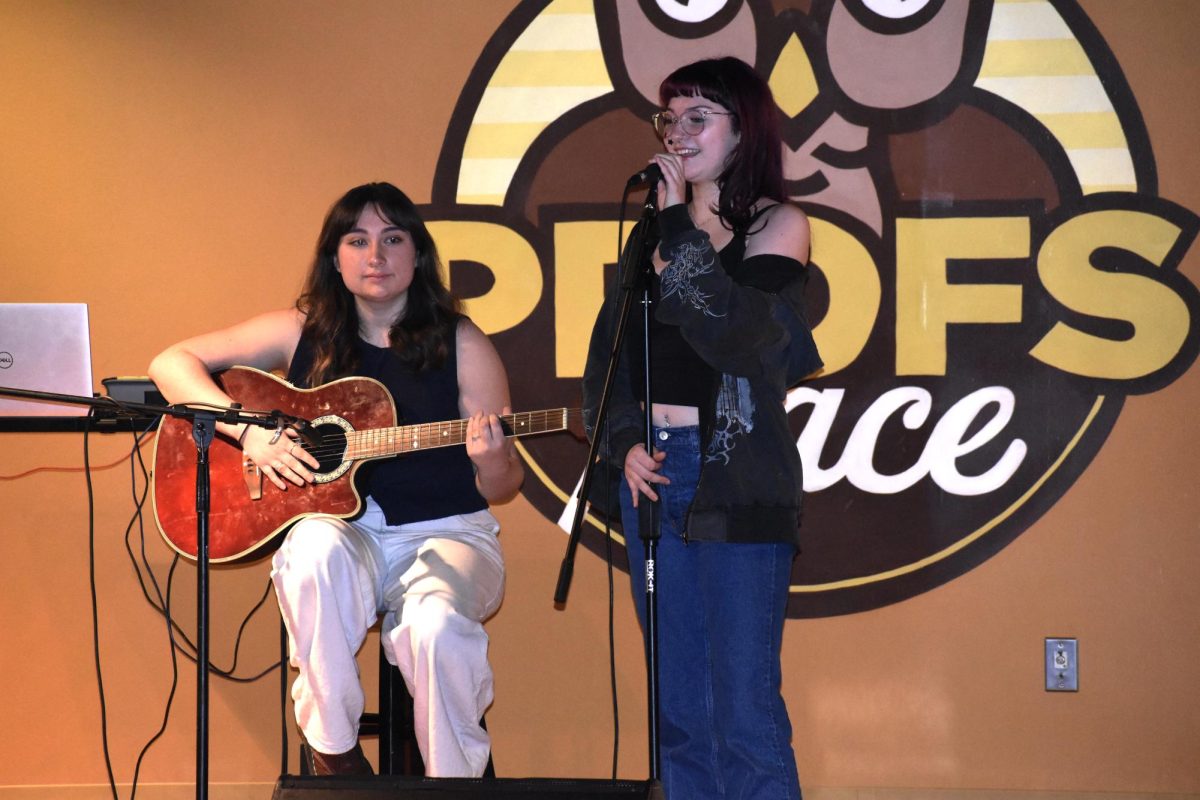
!["Working with [Dr. Lynch] is always a learning experience for me. She is a treasure,” said Thomas. - Staff Writer / Kacie Scibilia](https://thewhitonline.com/wp-content/uploads/2025/04/choir-1-1200x694.jpg)

